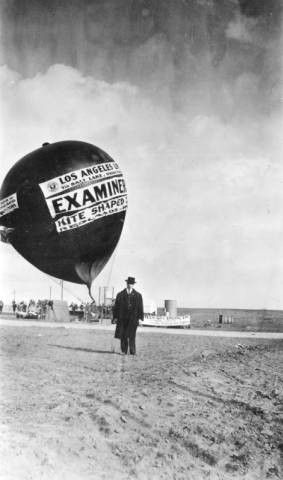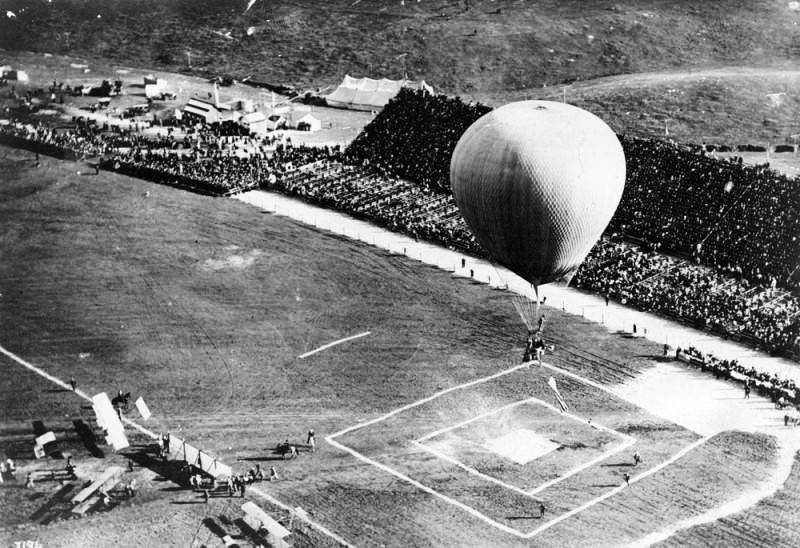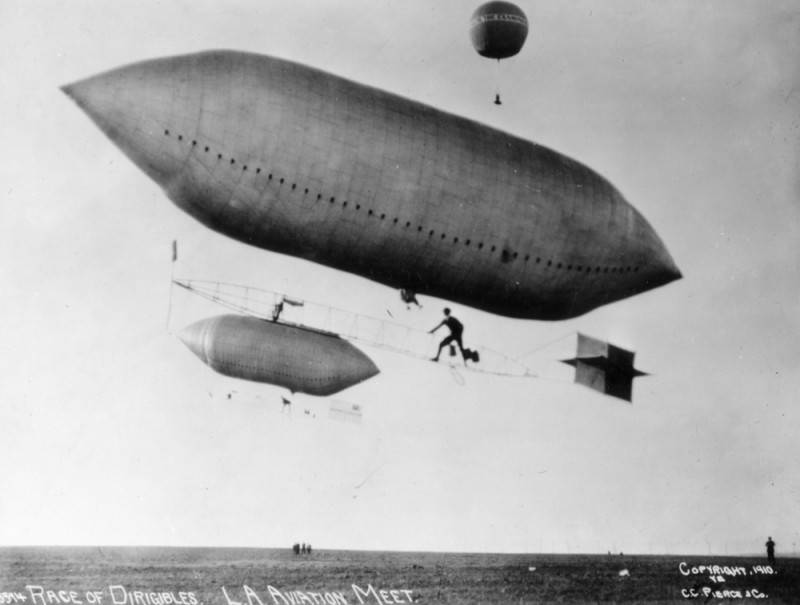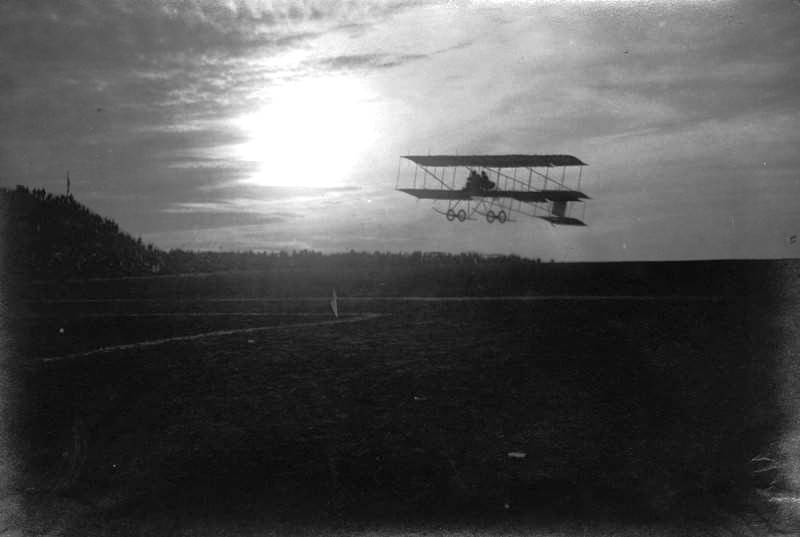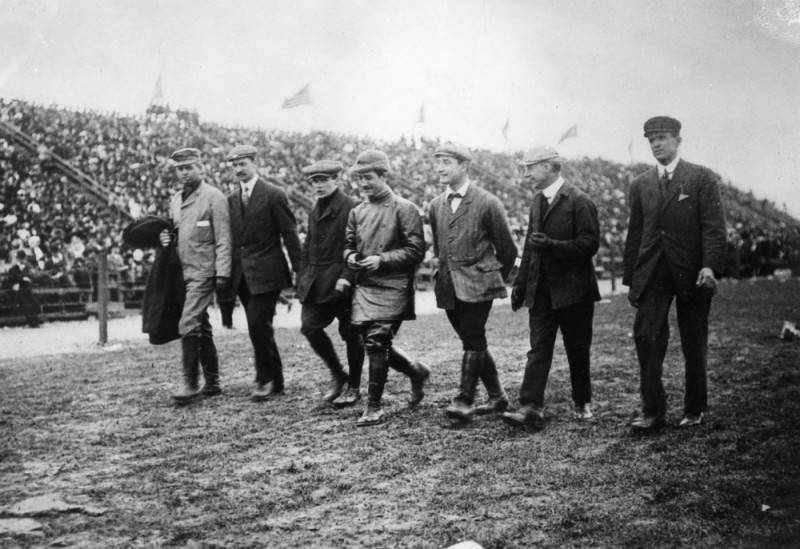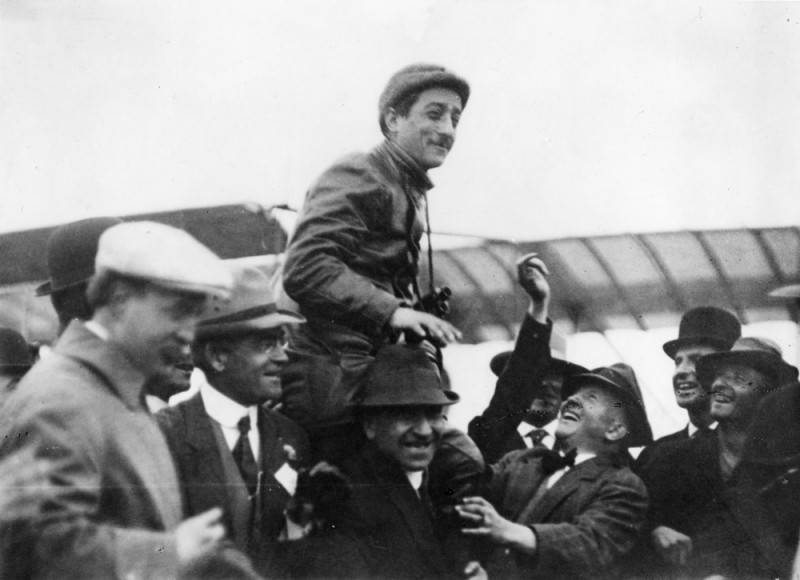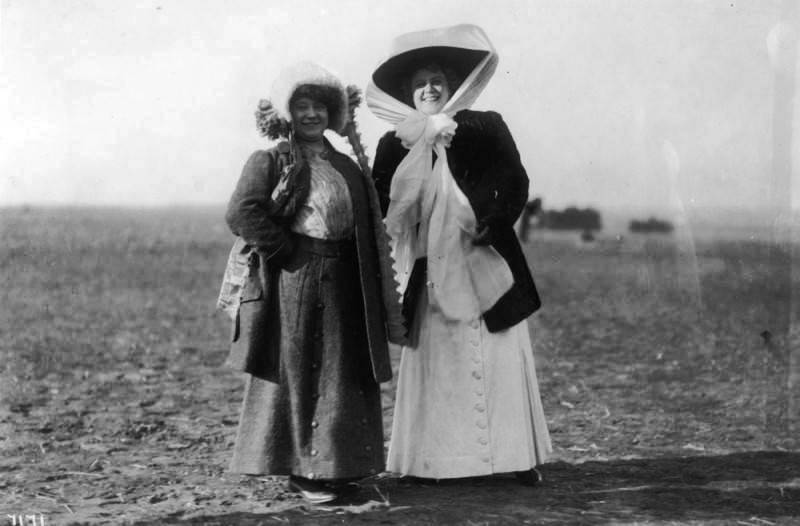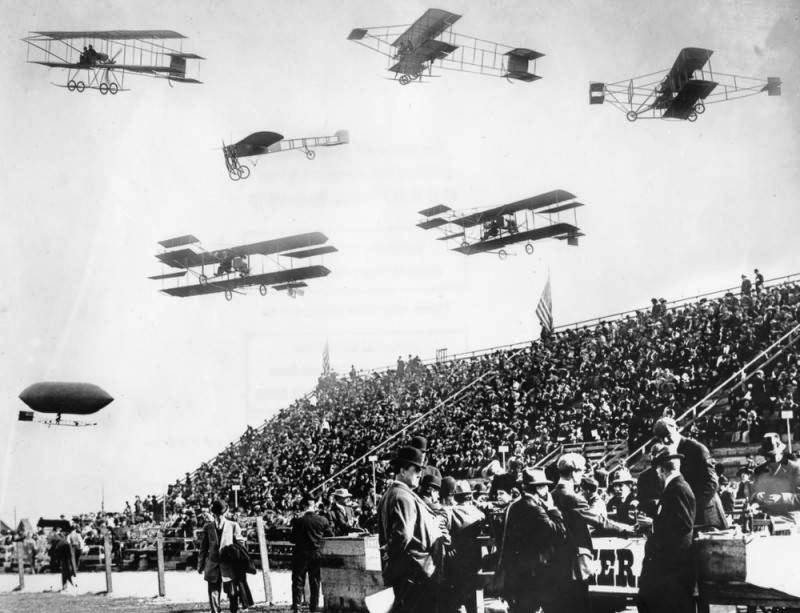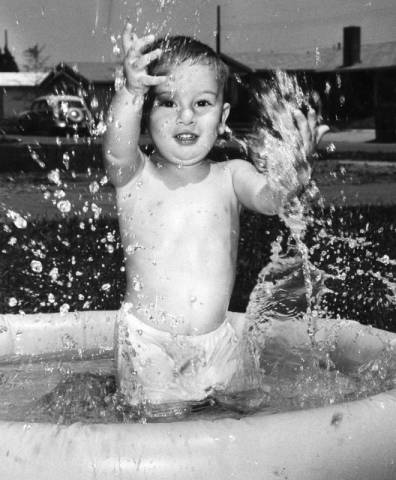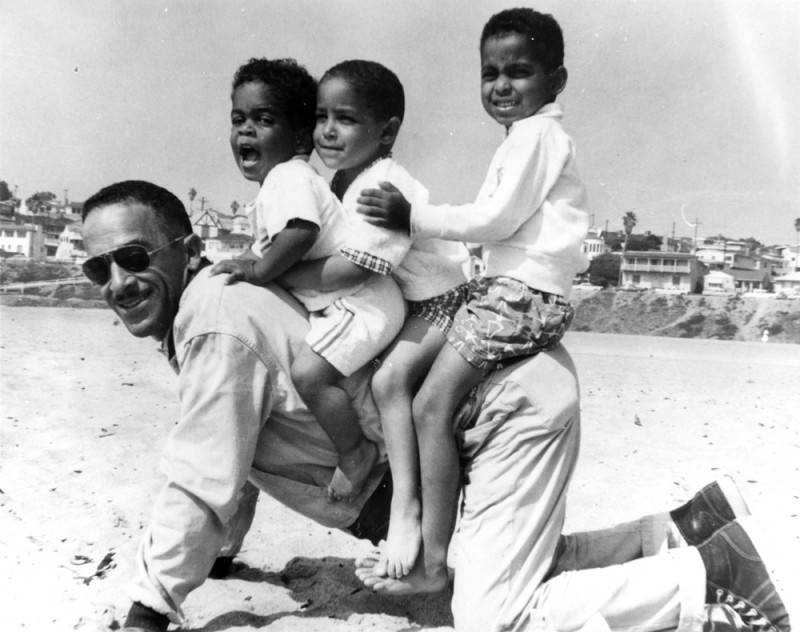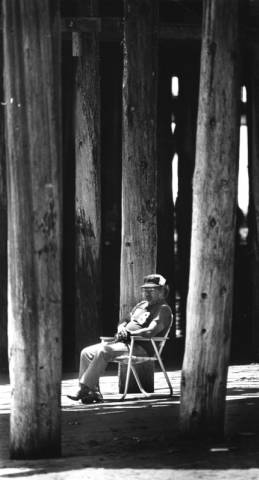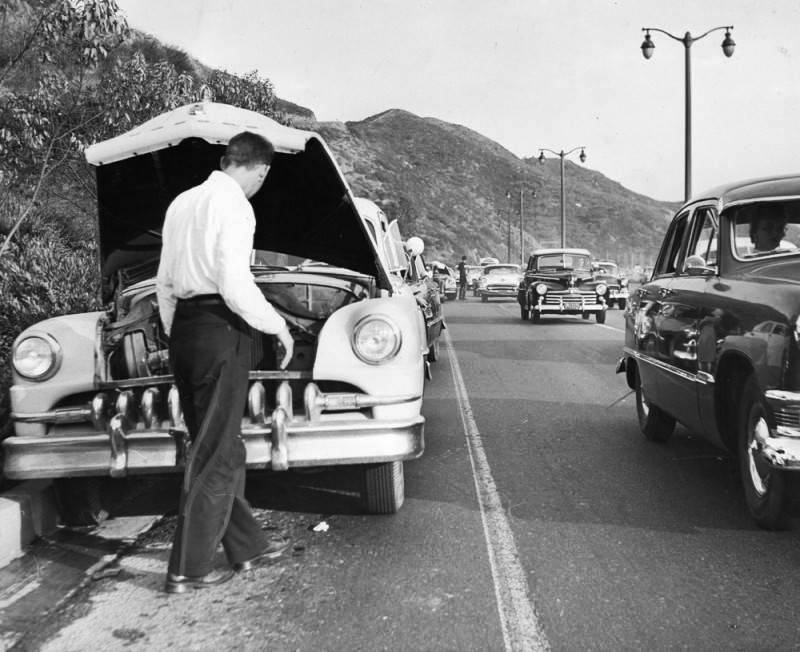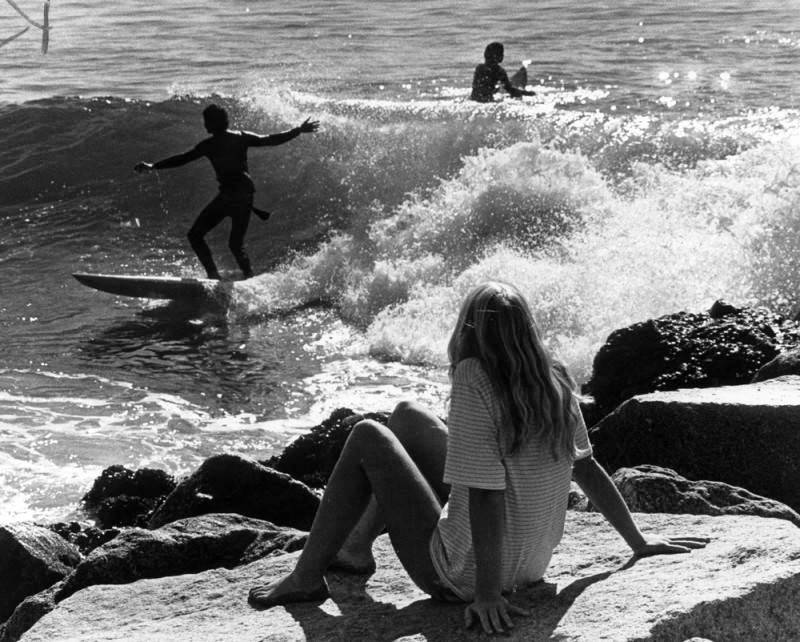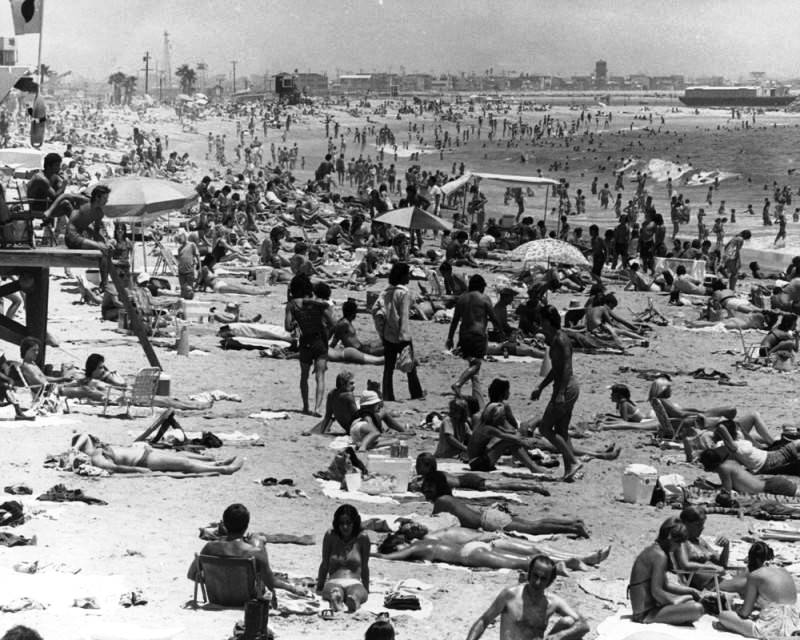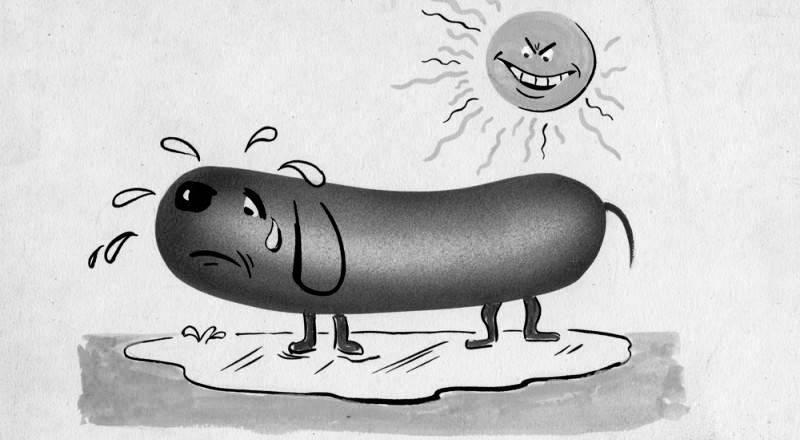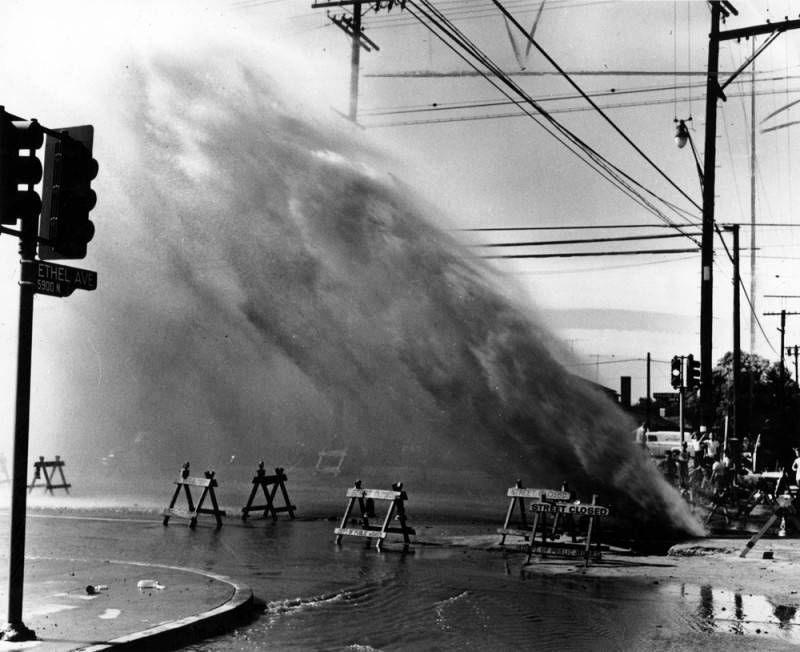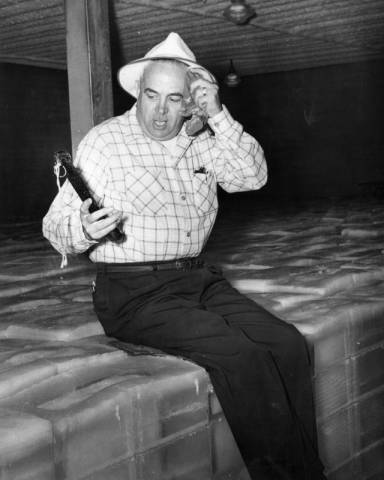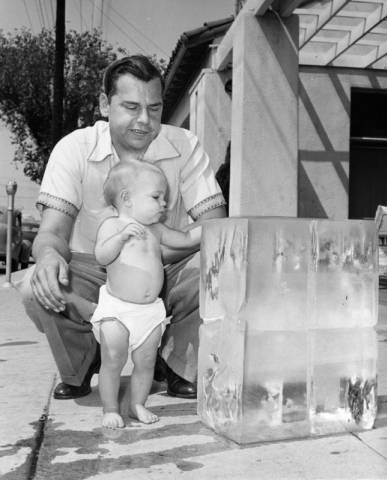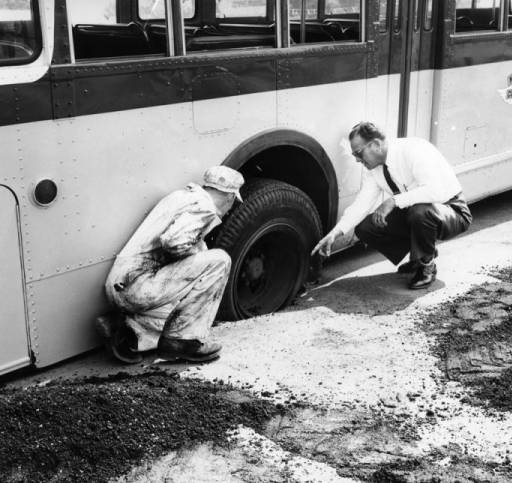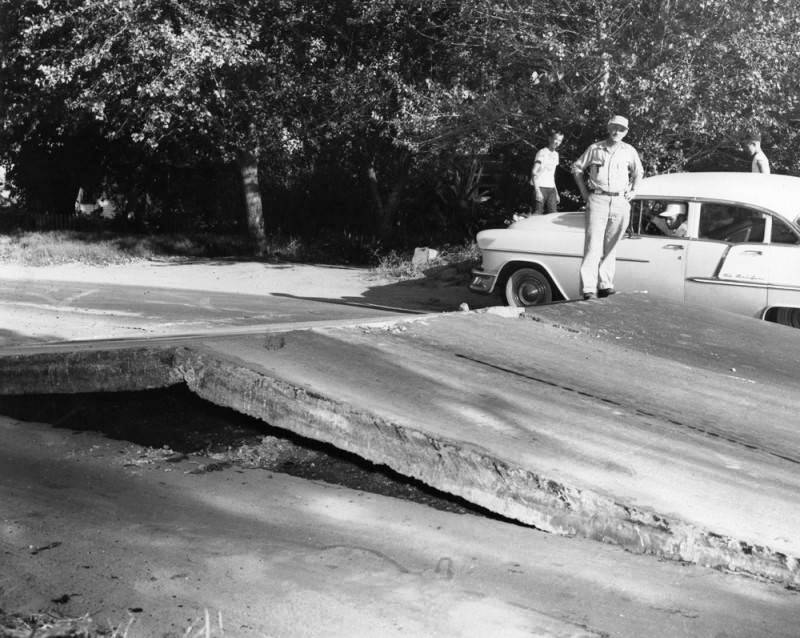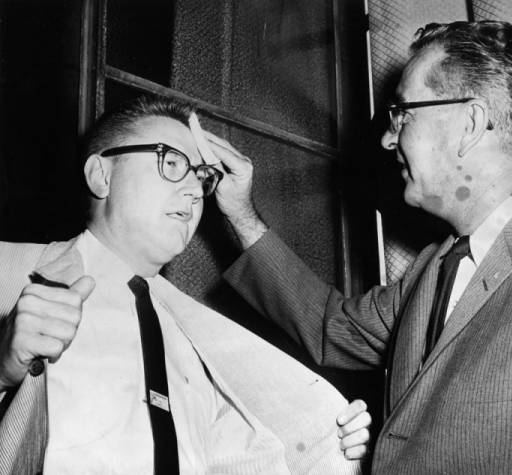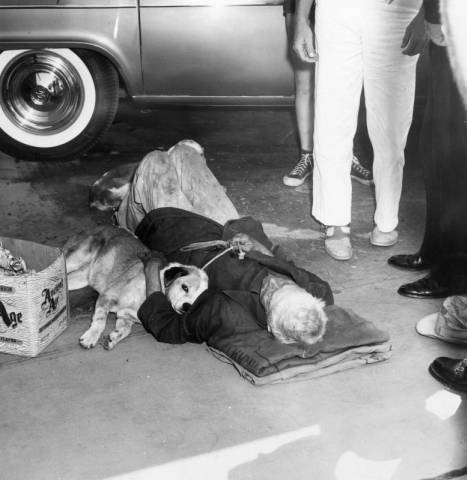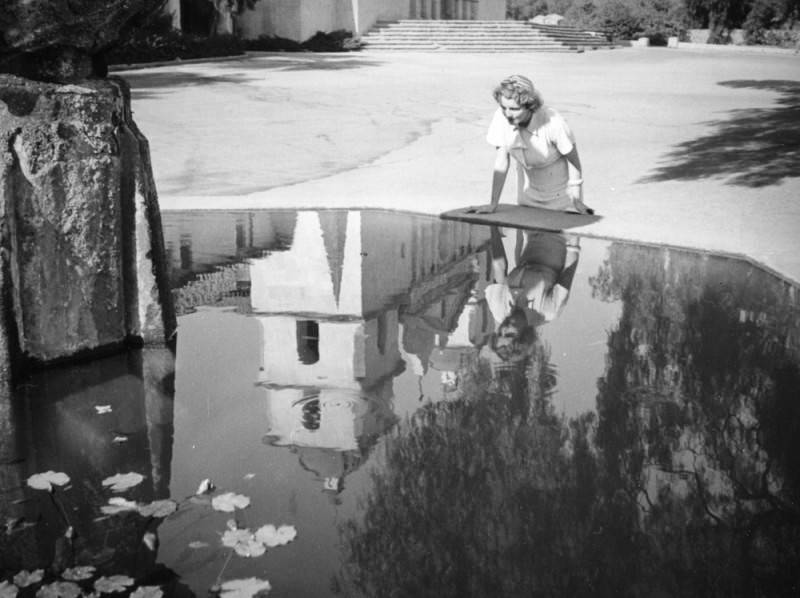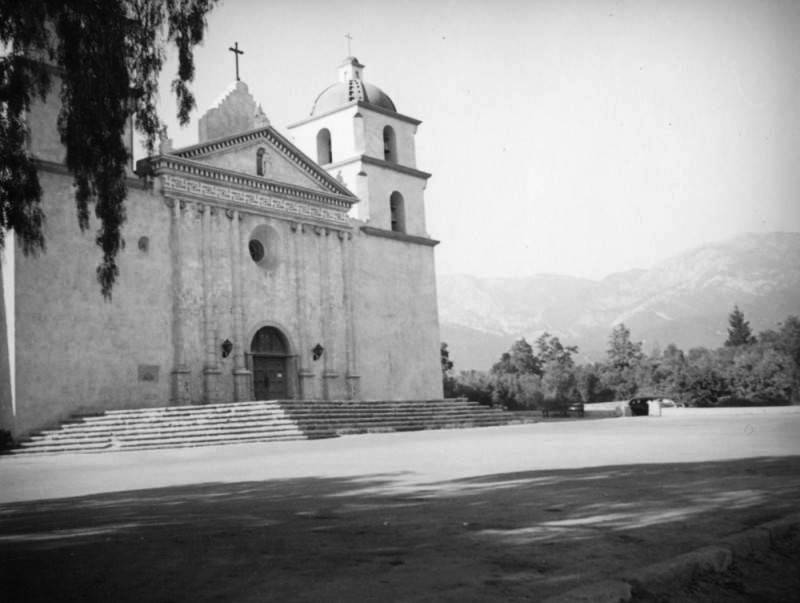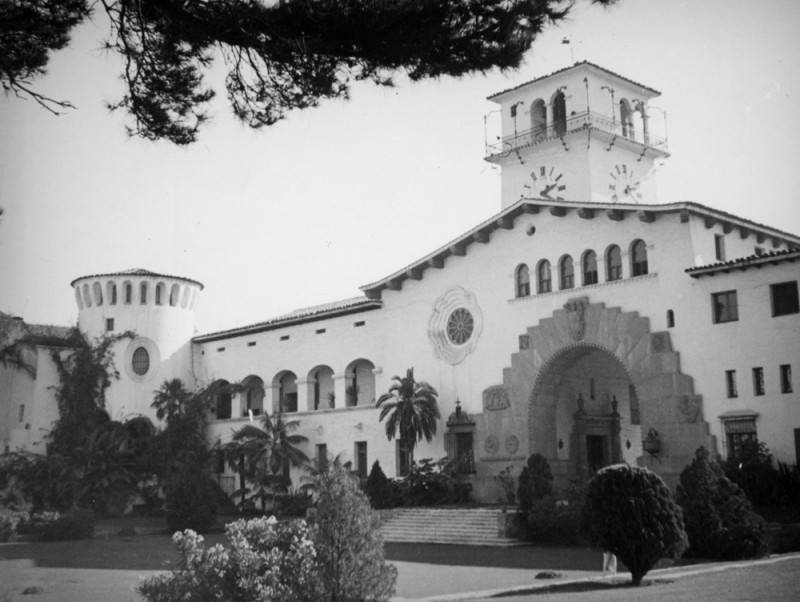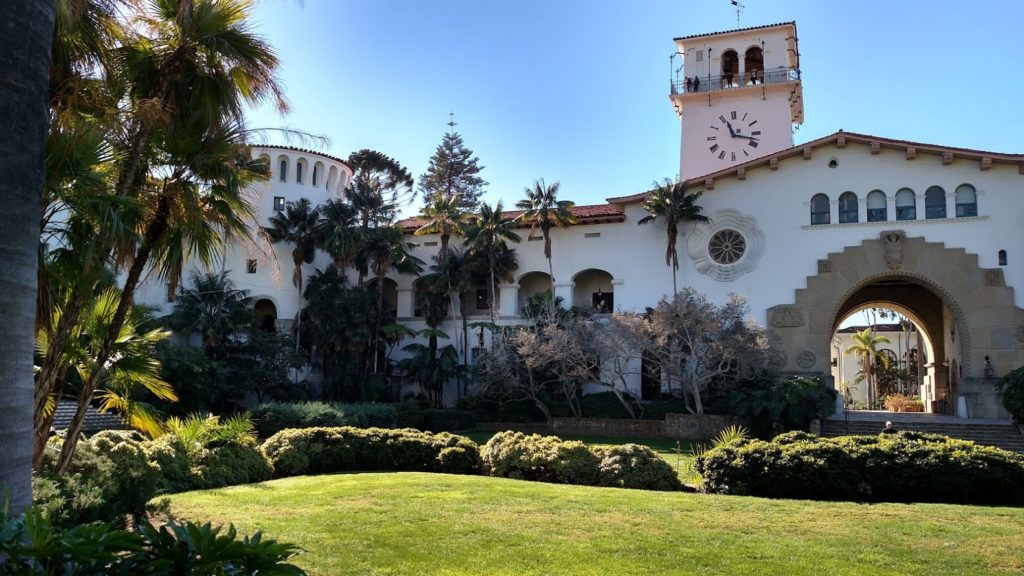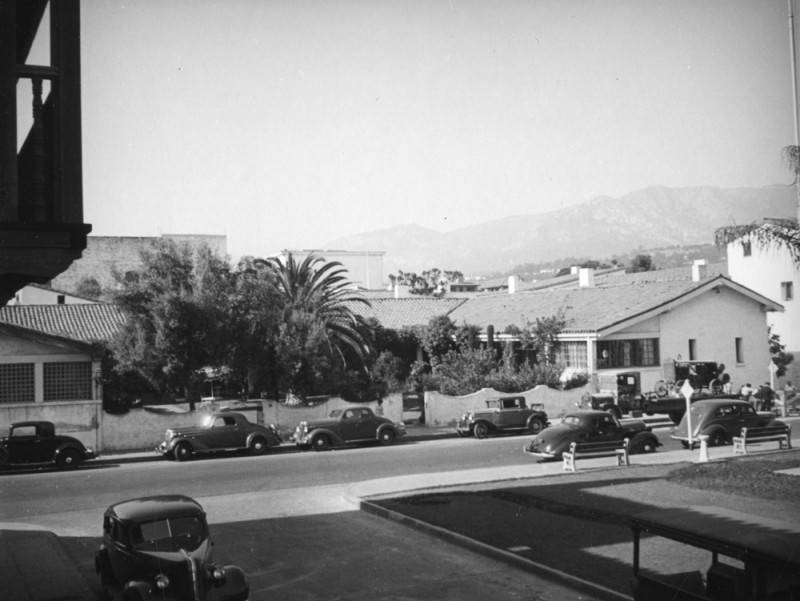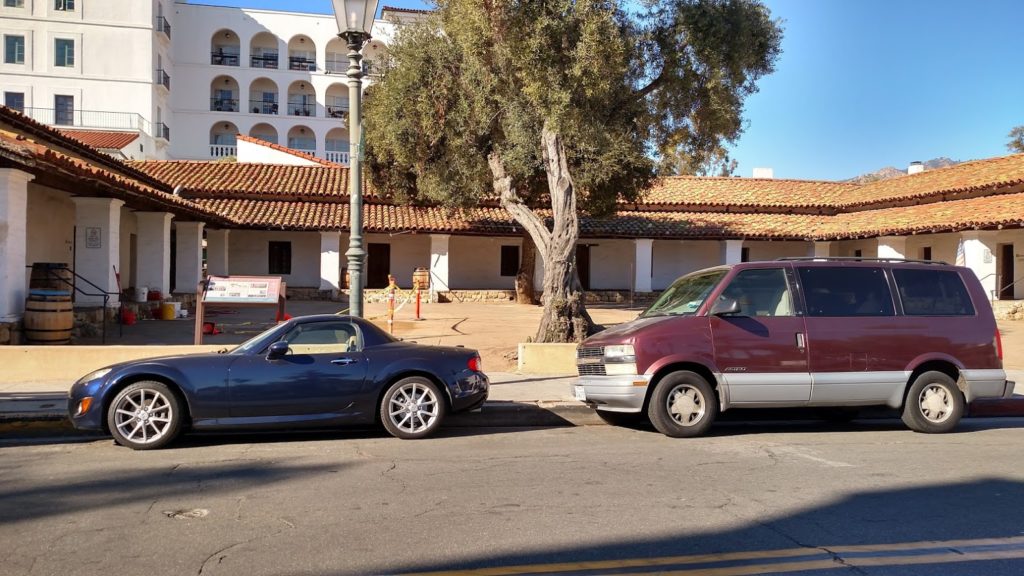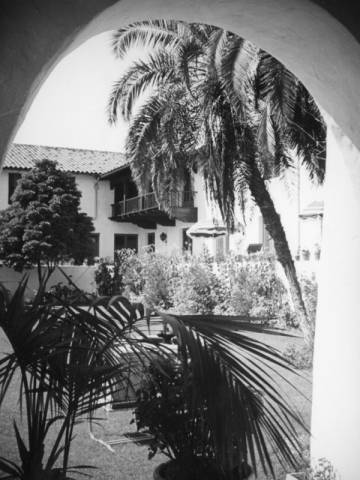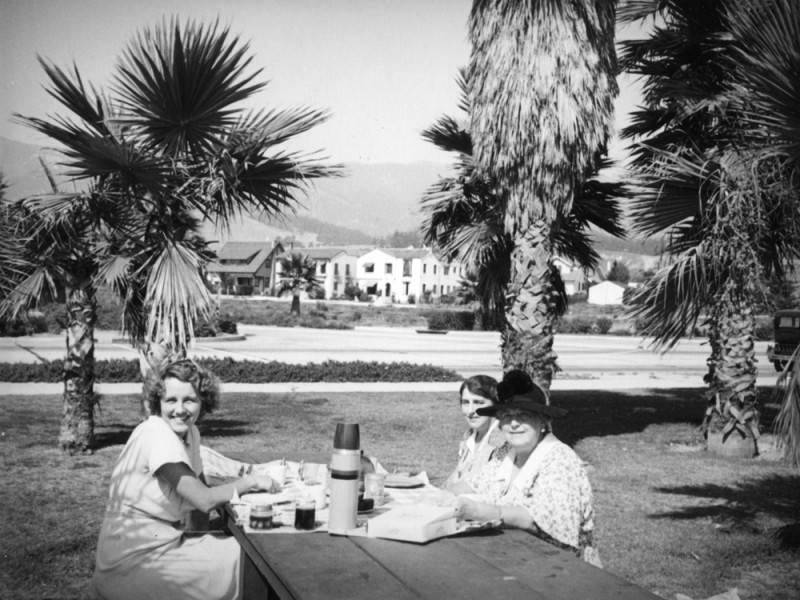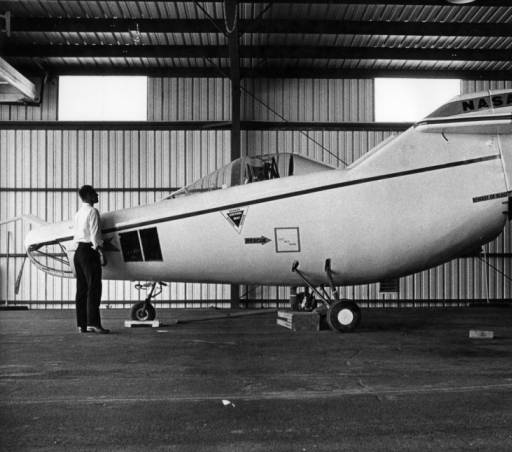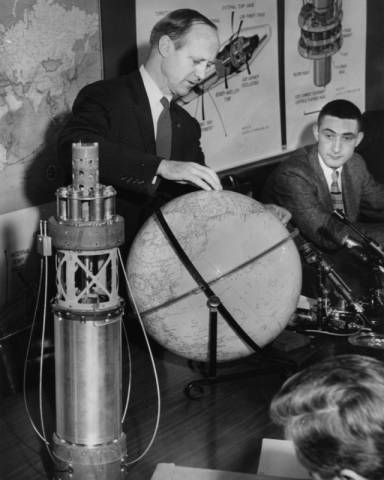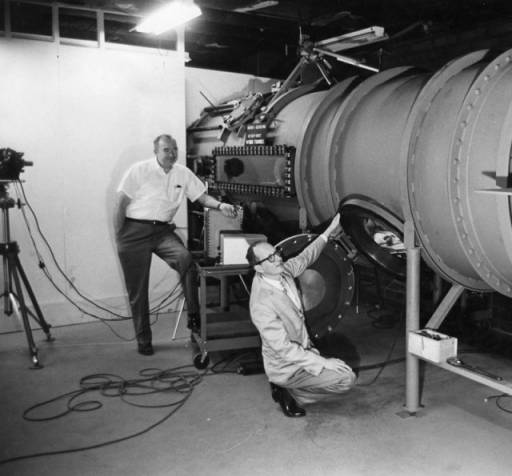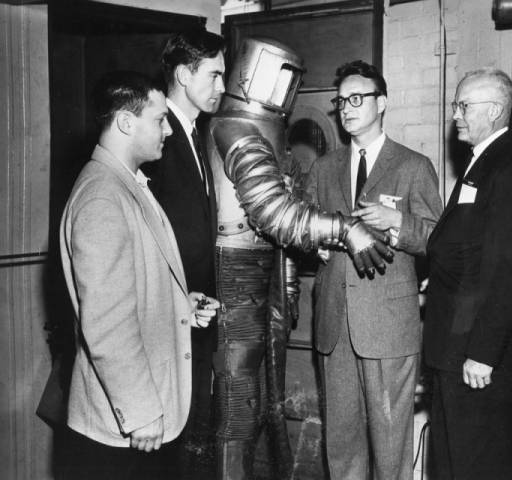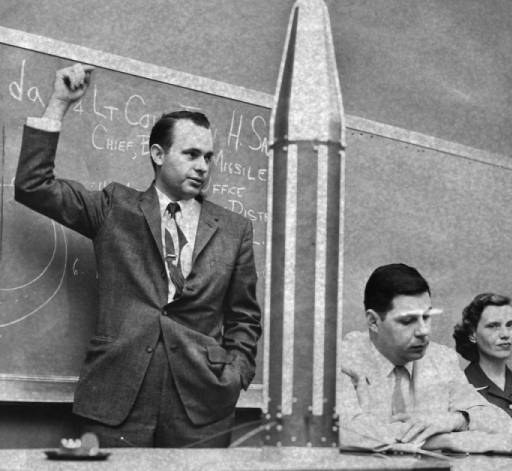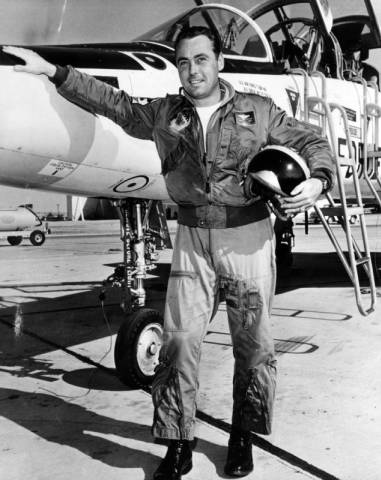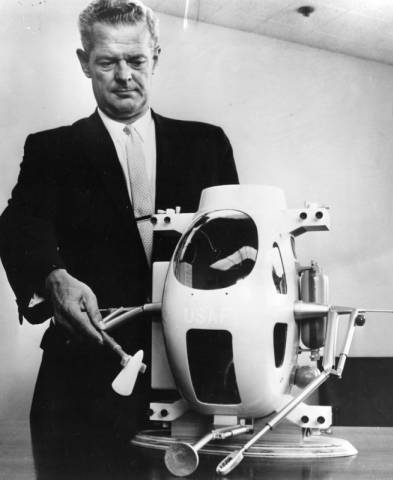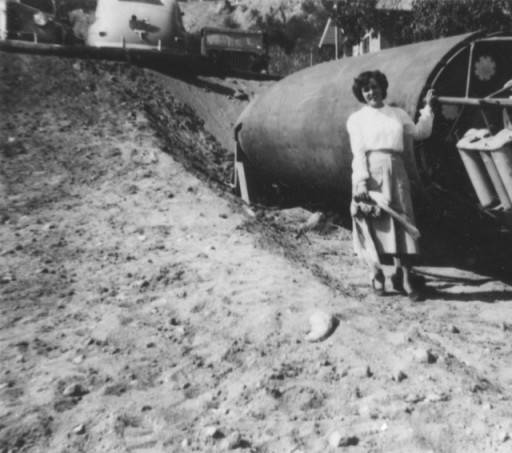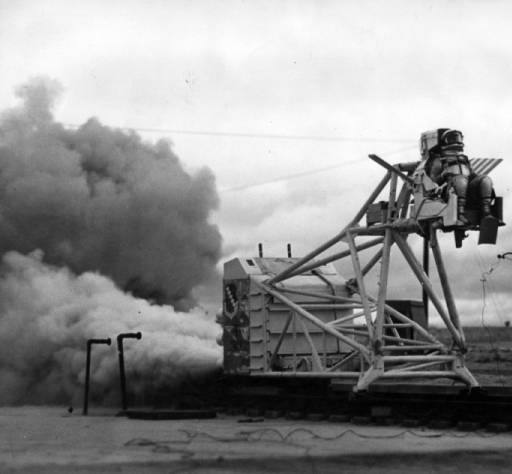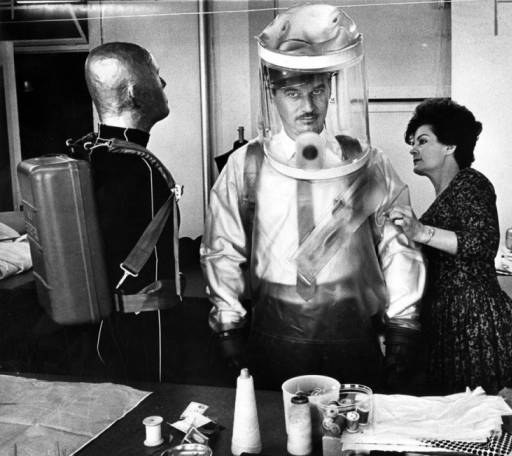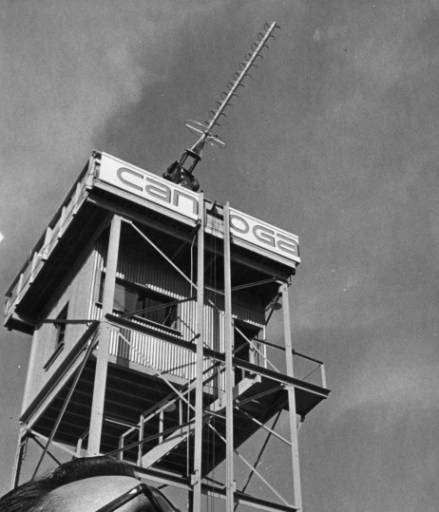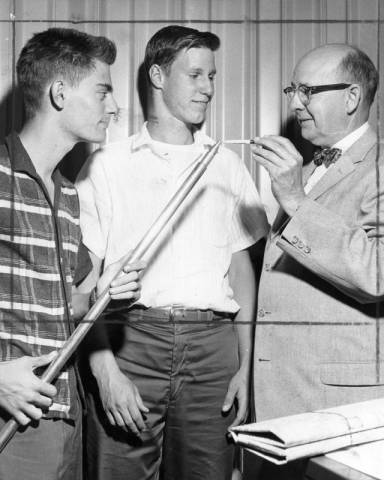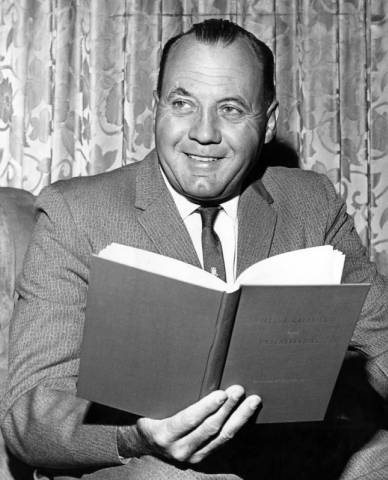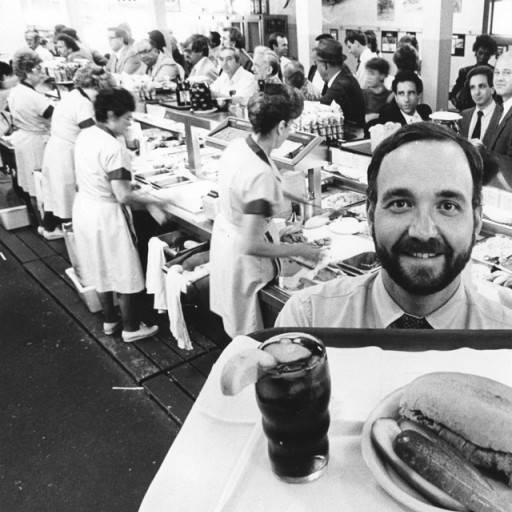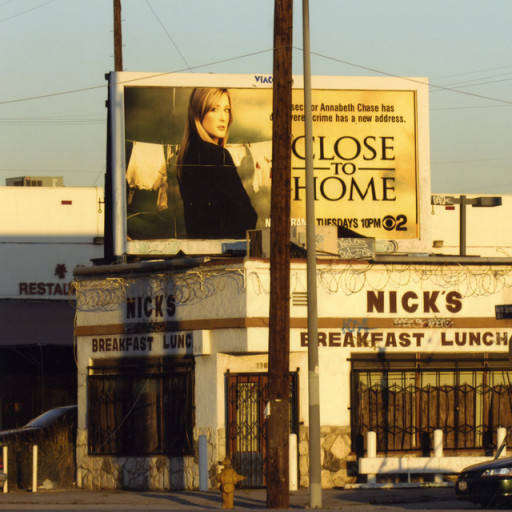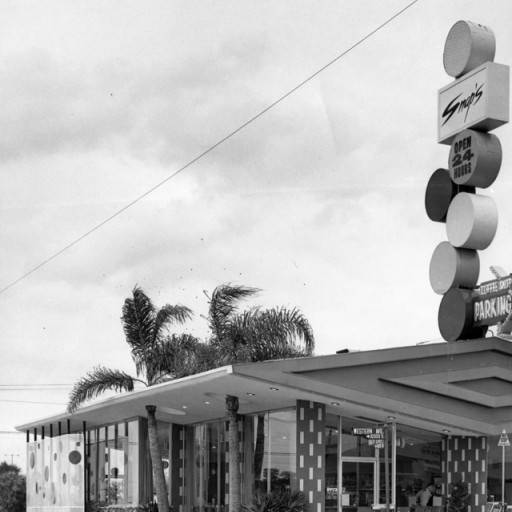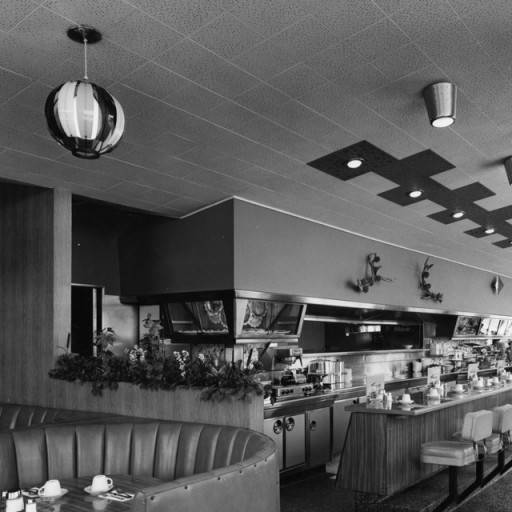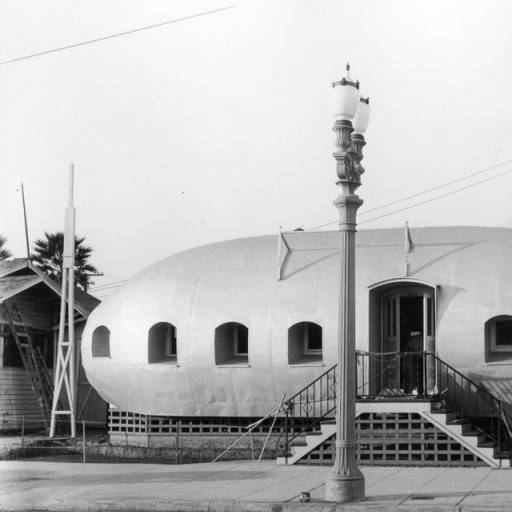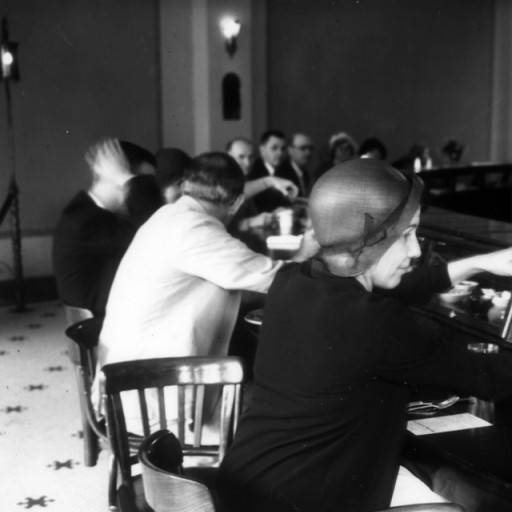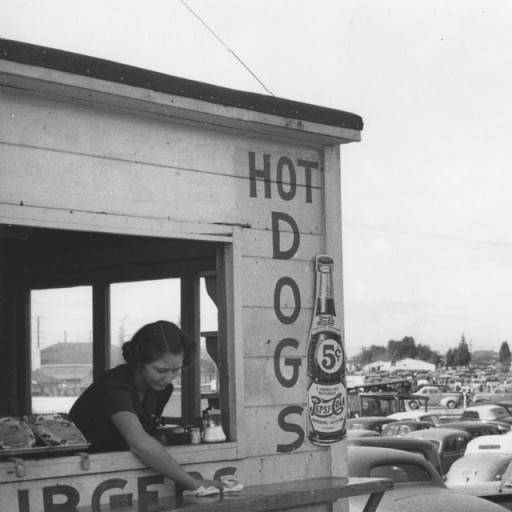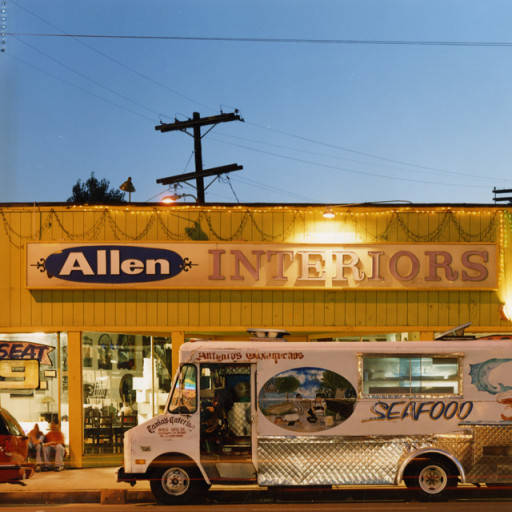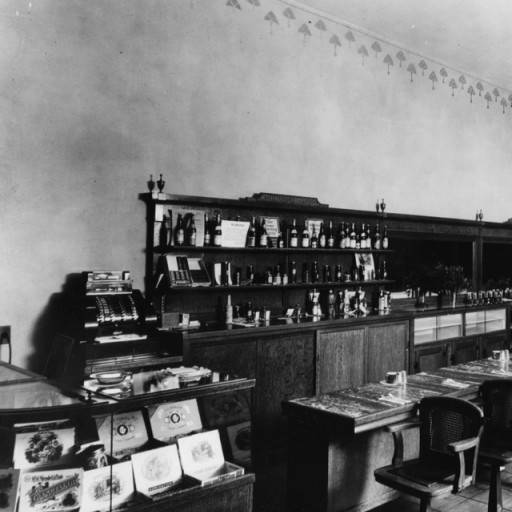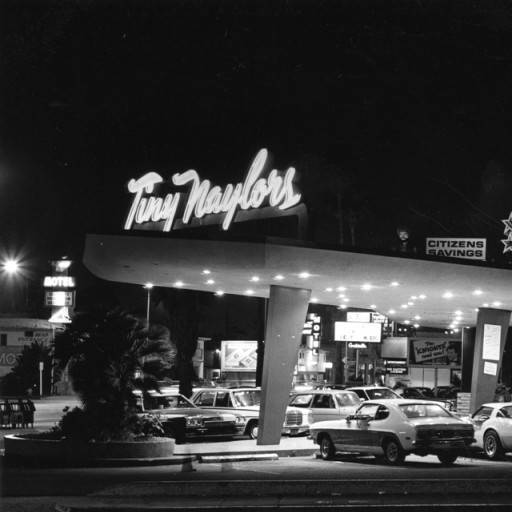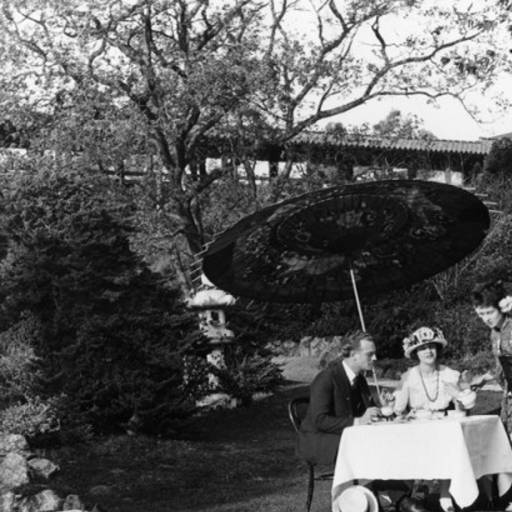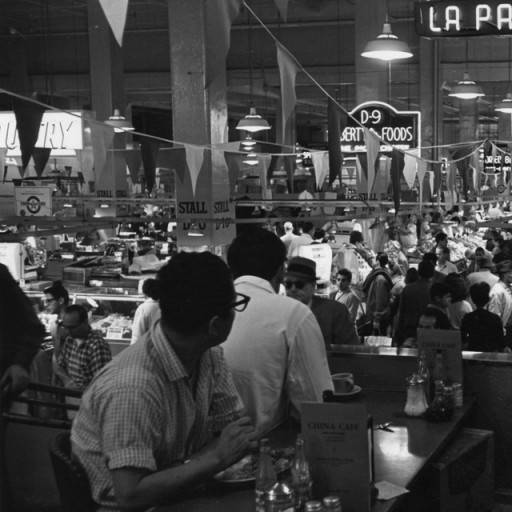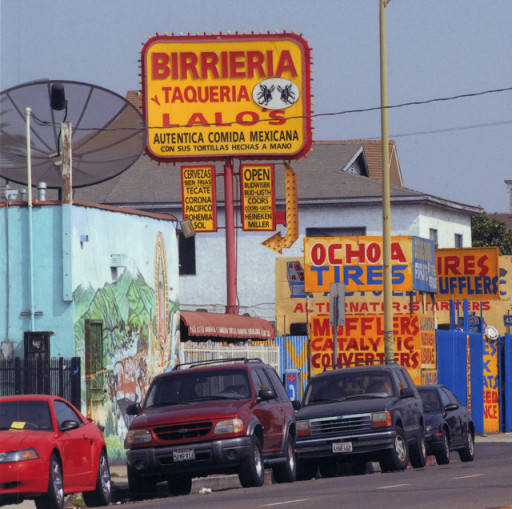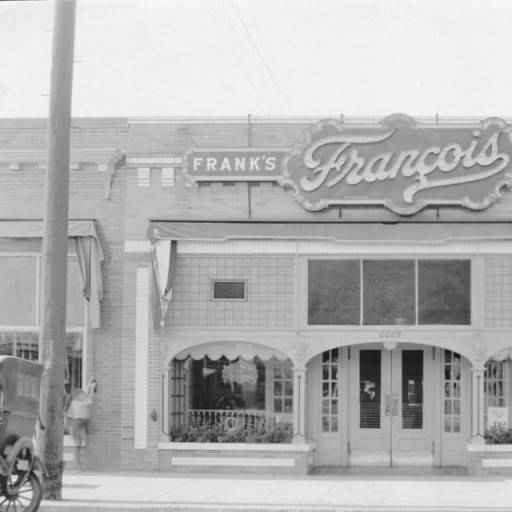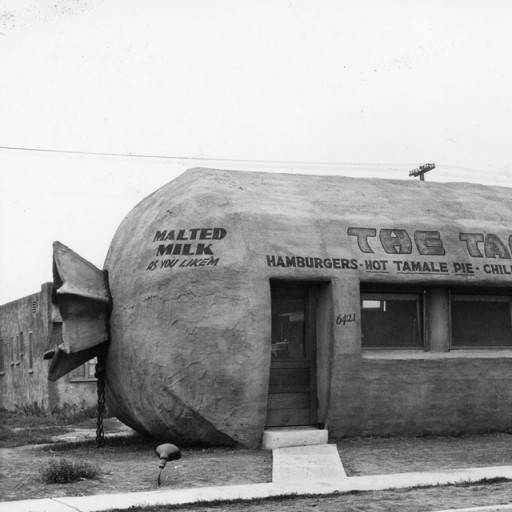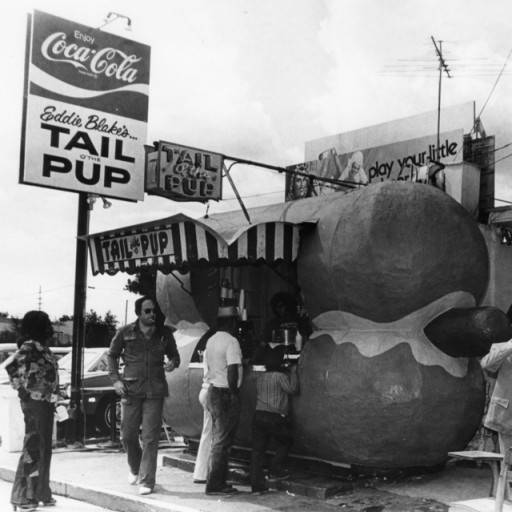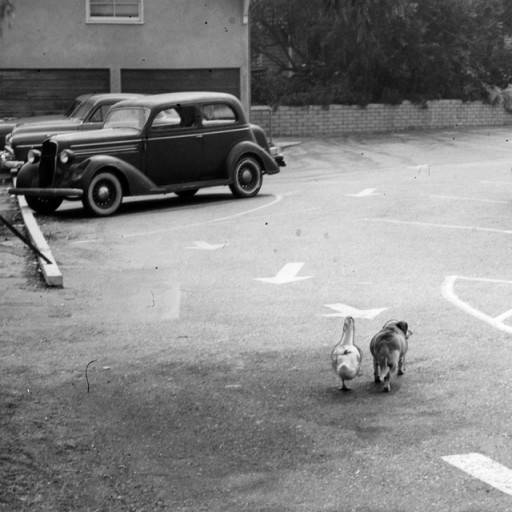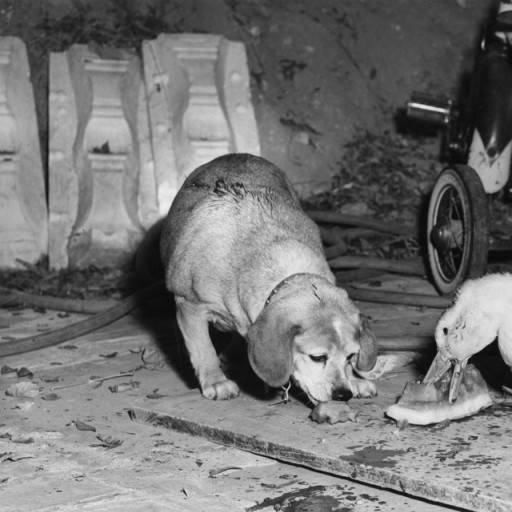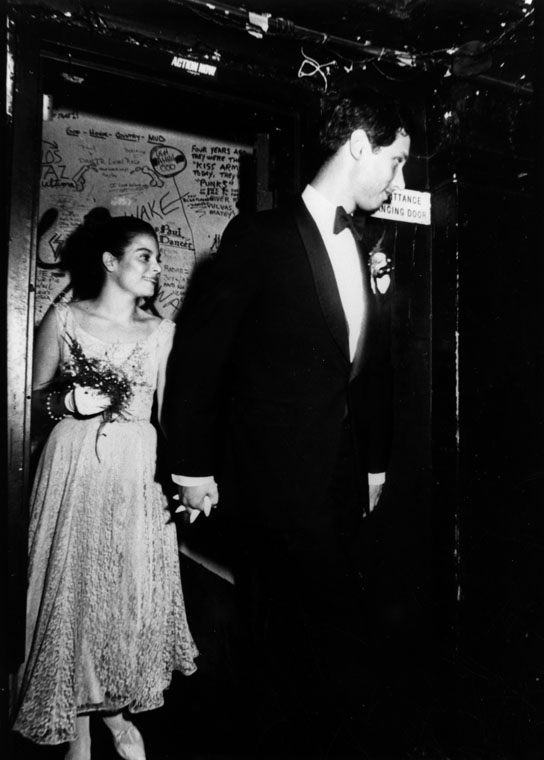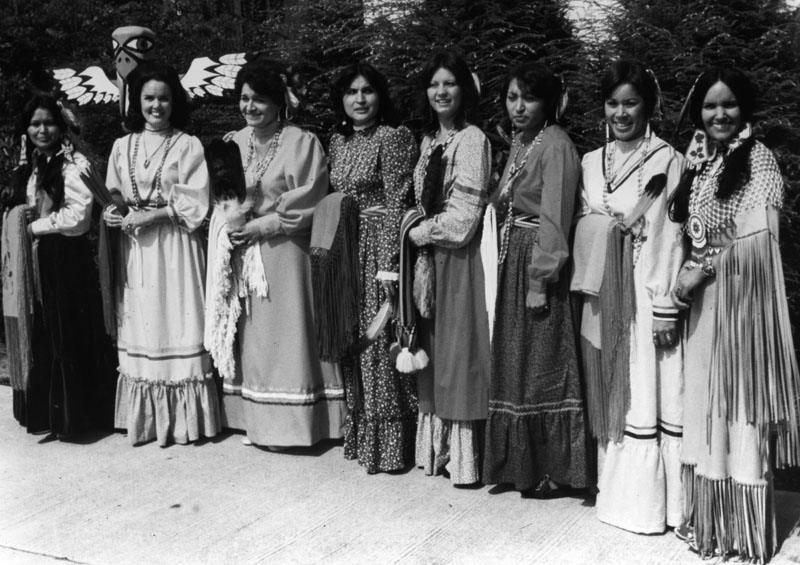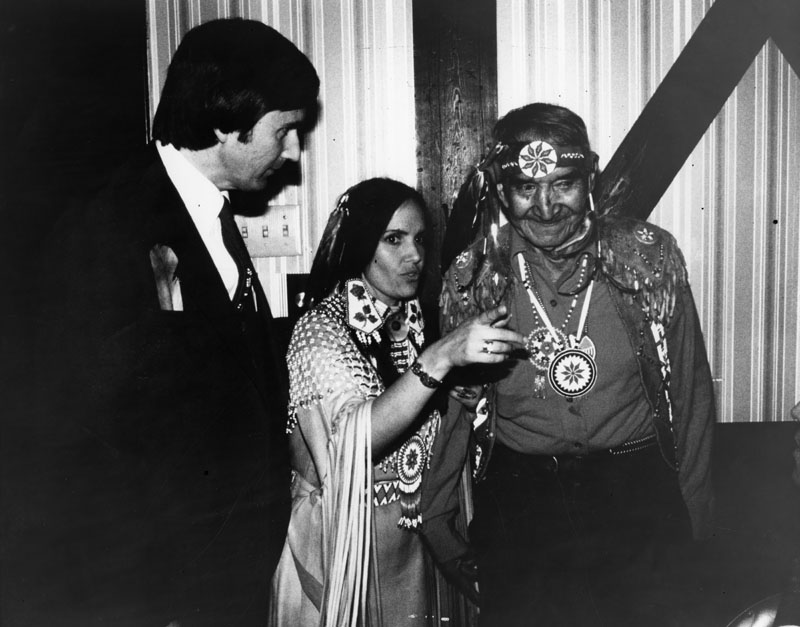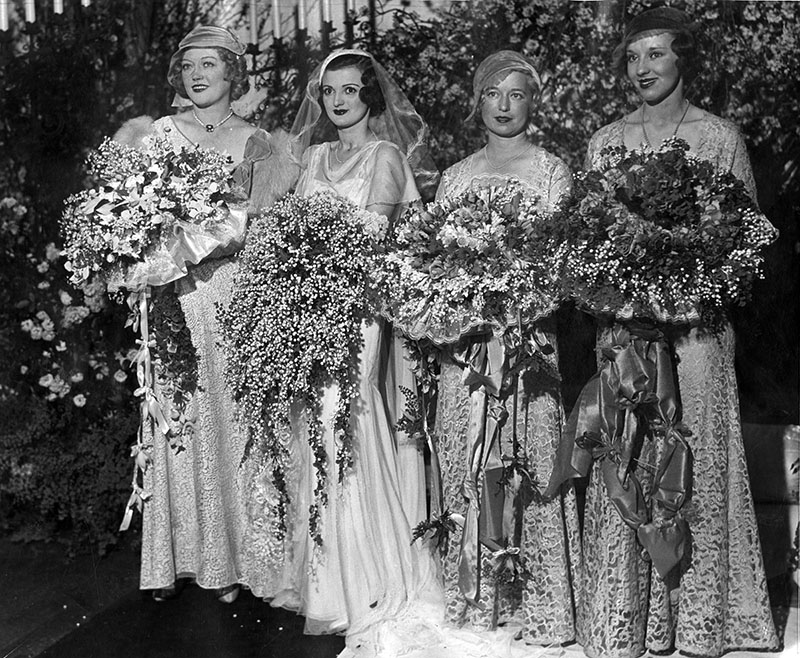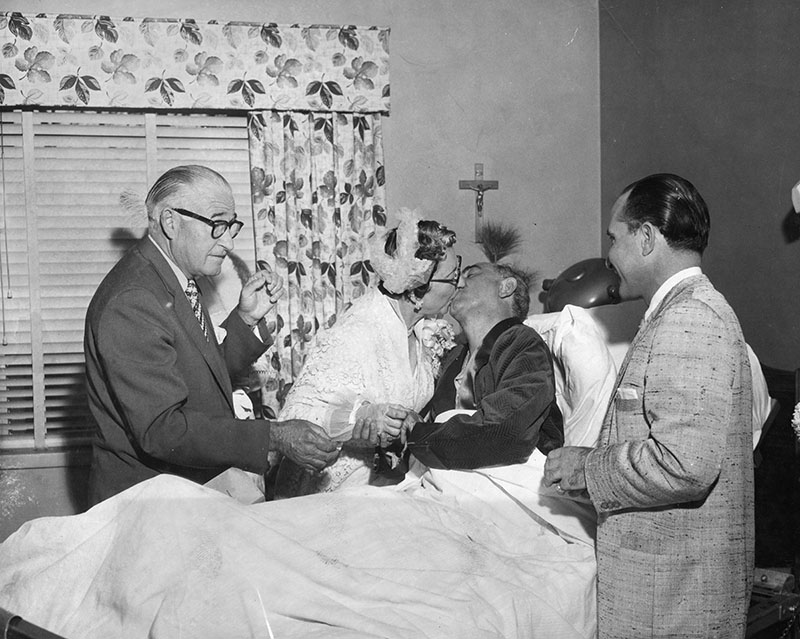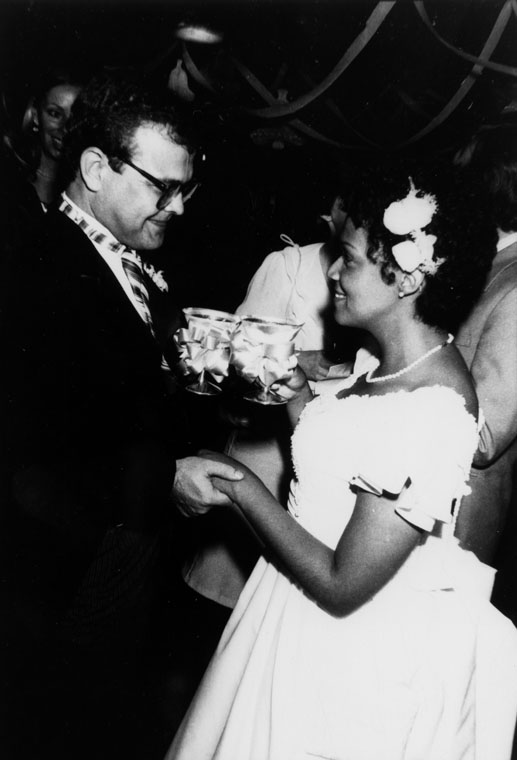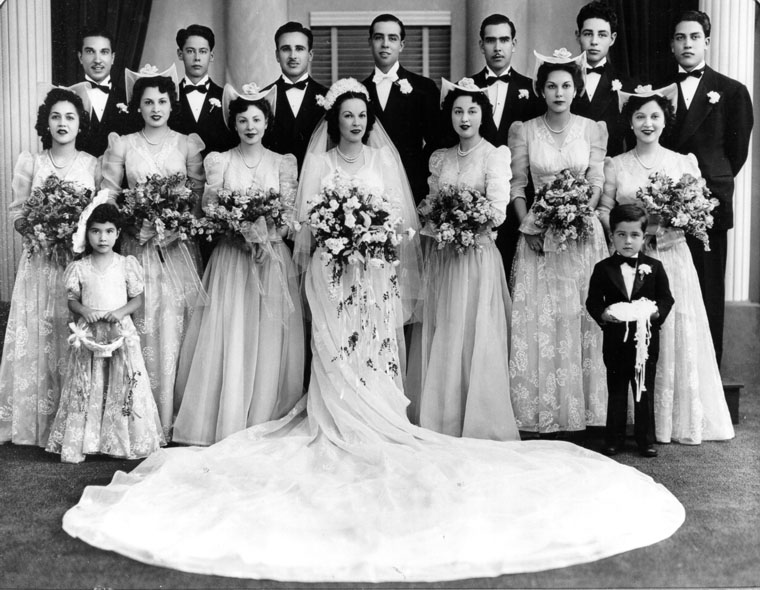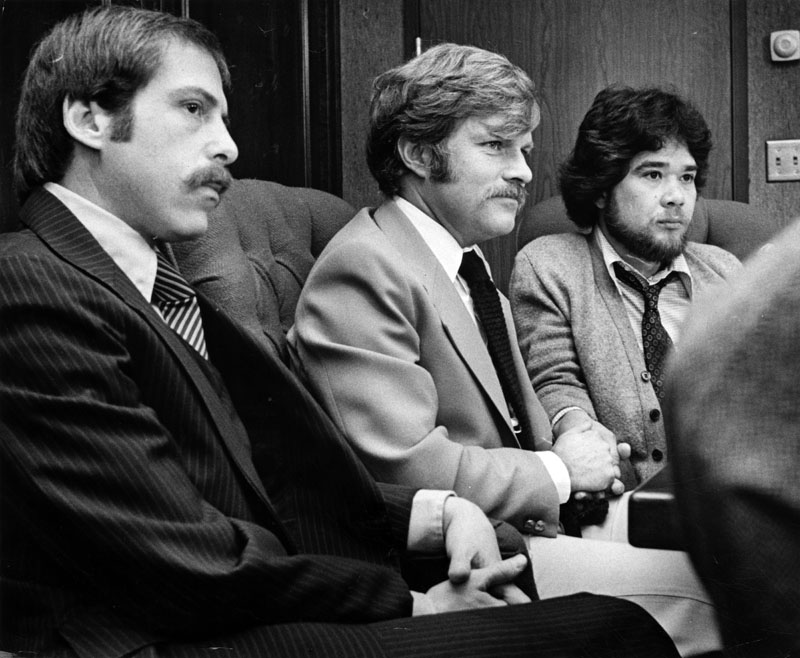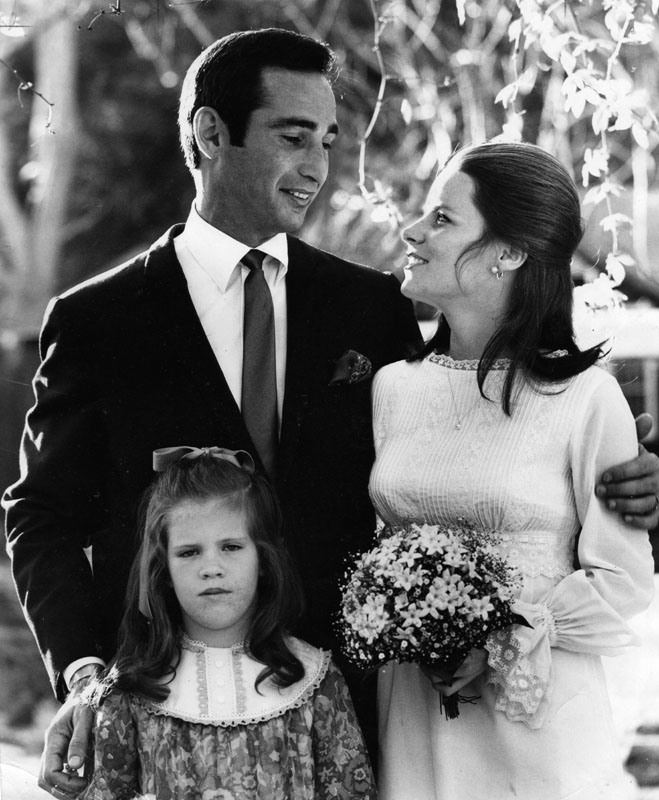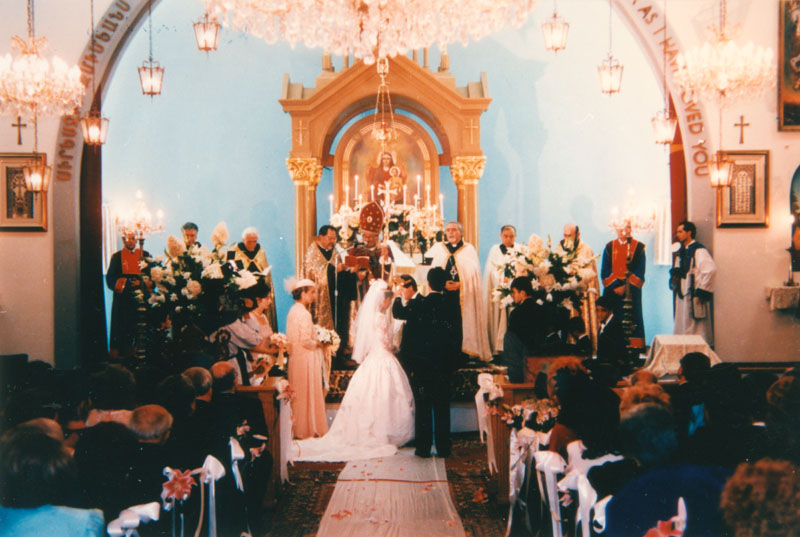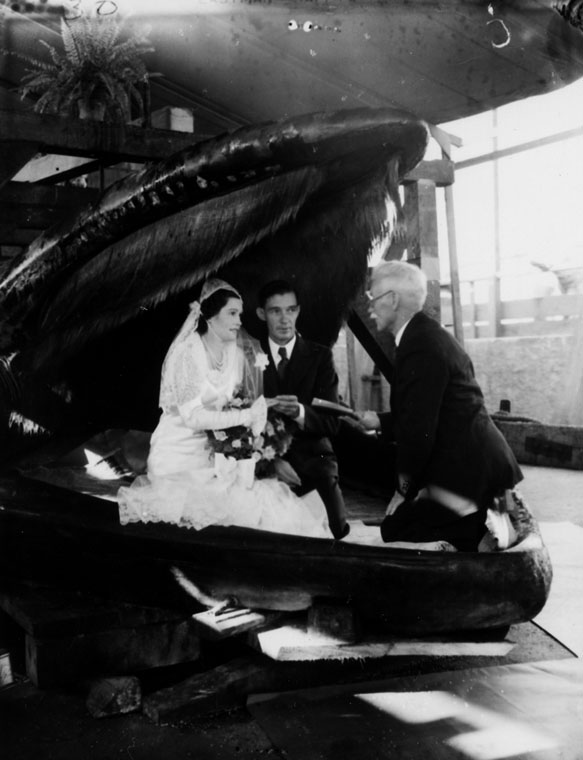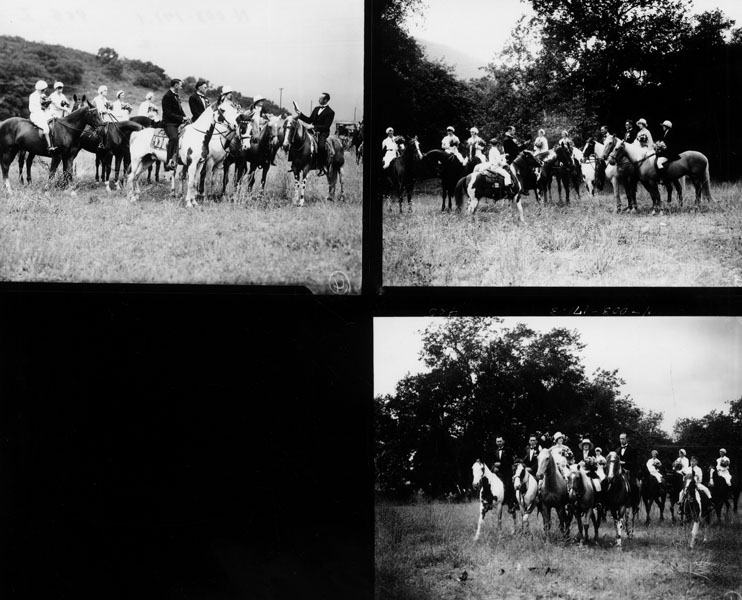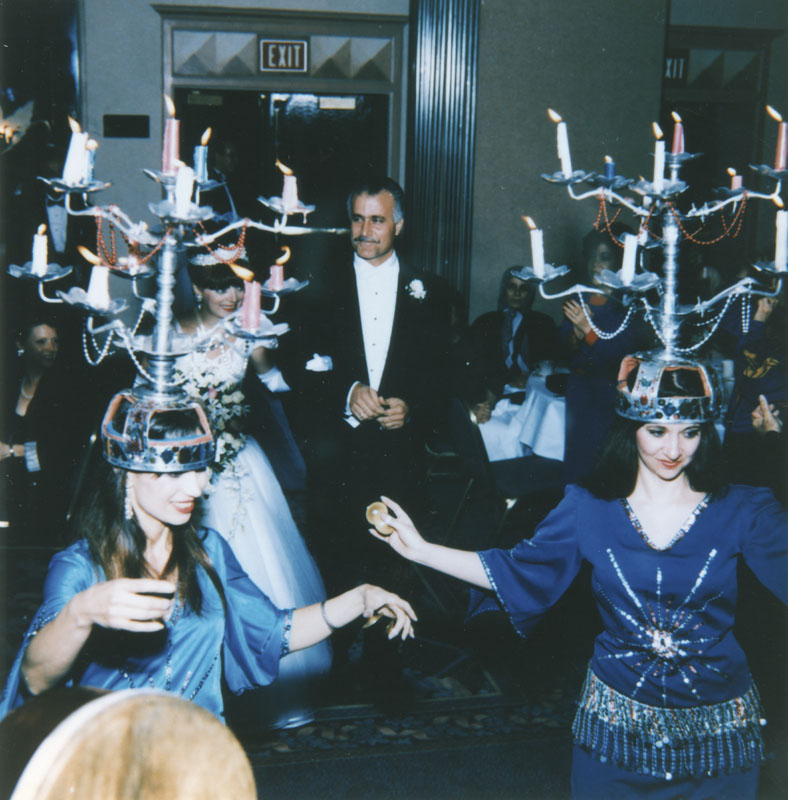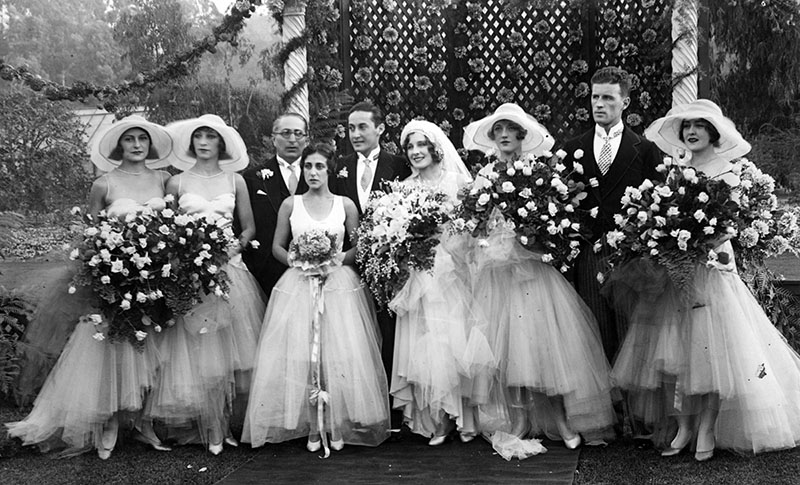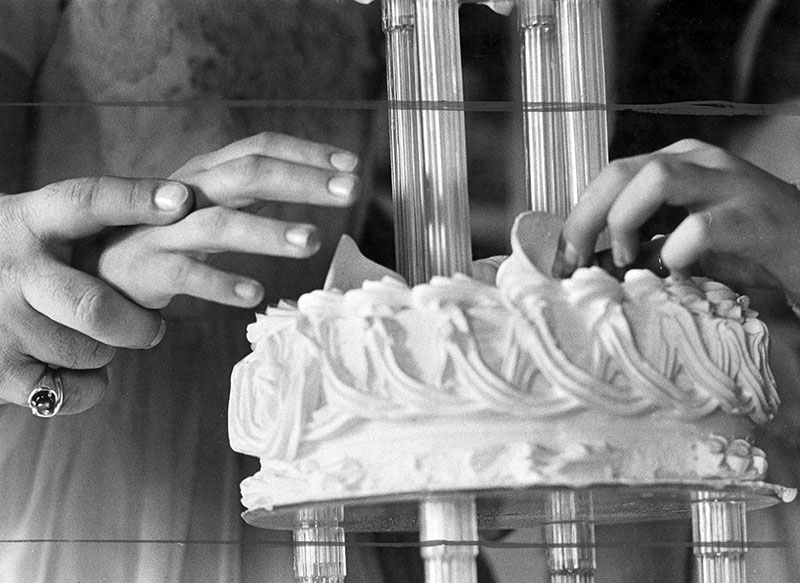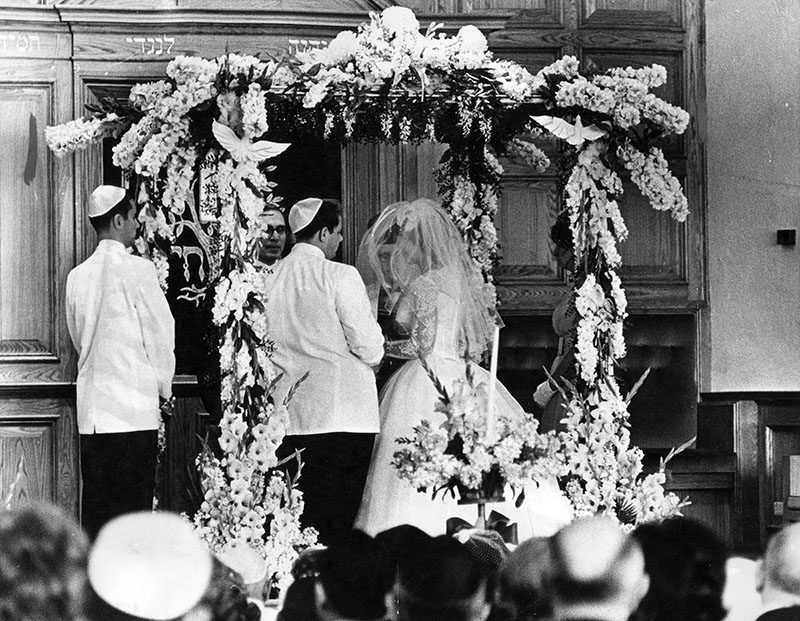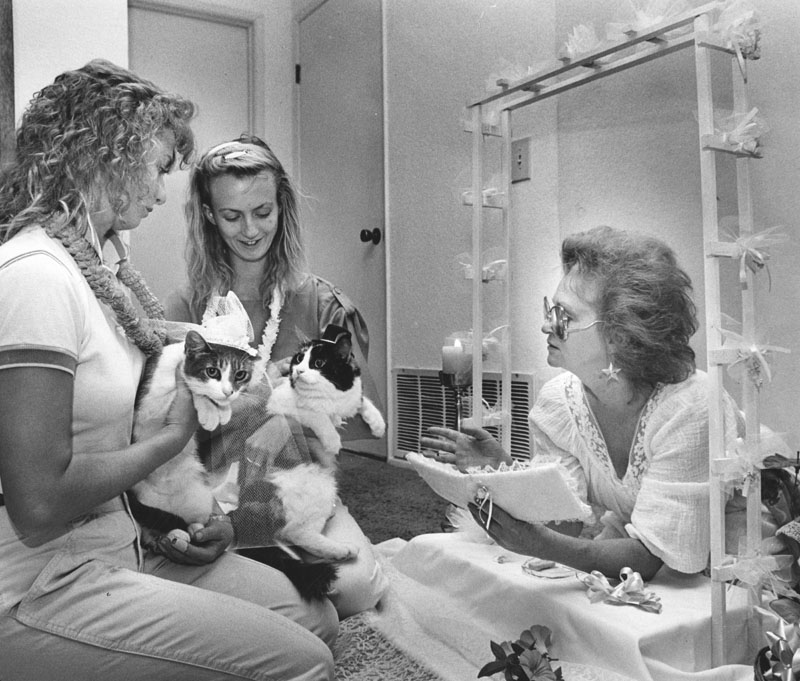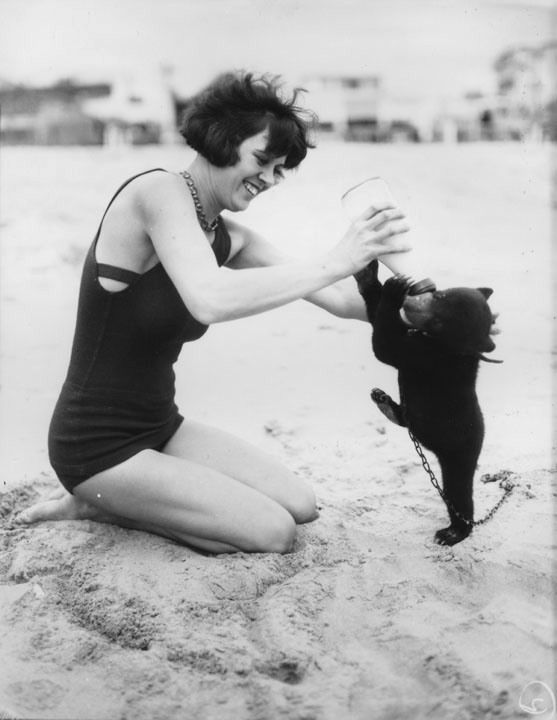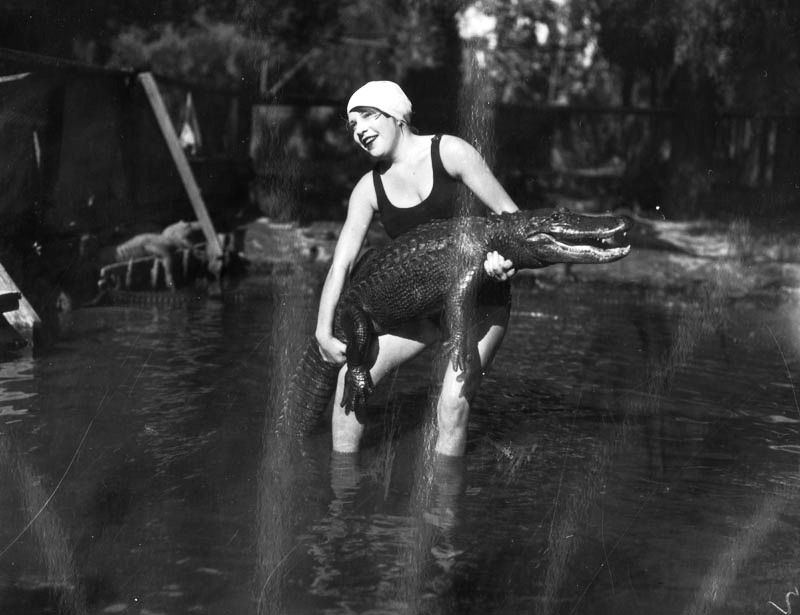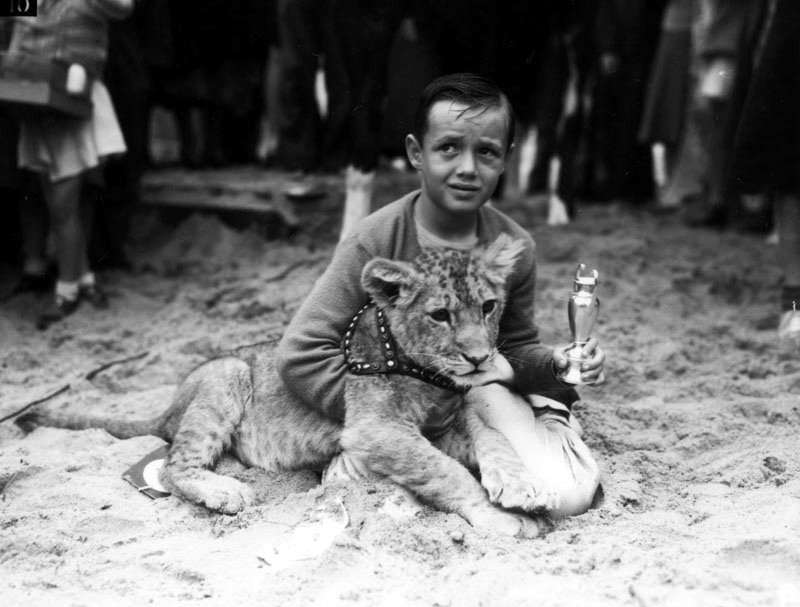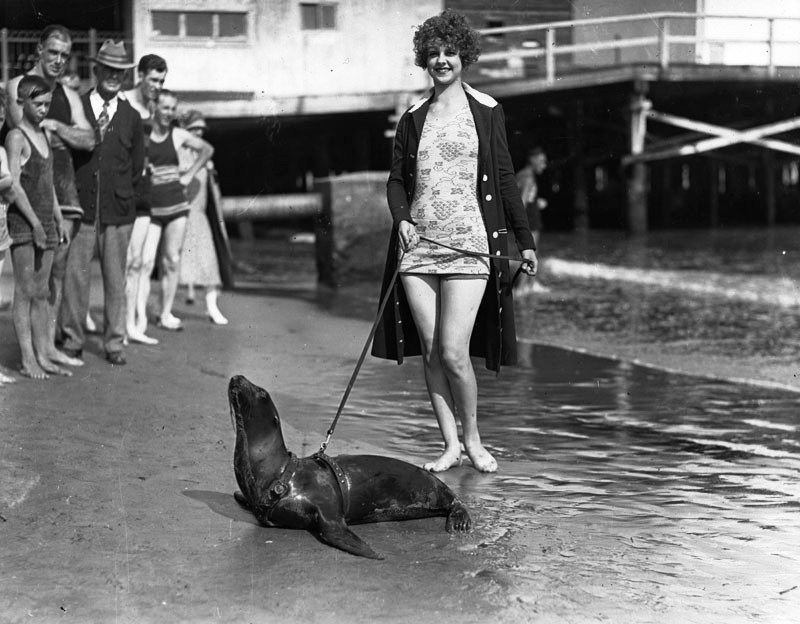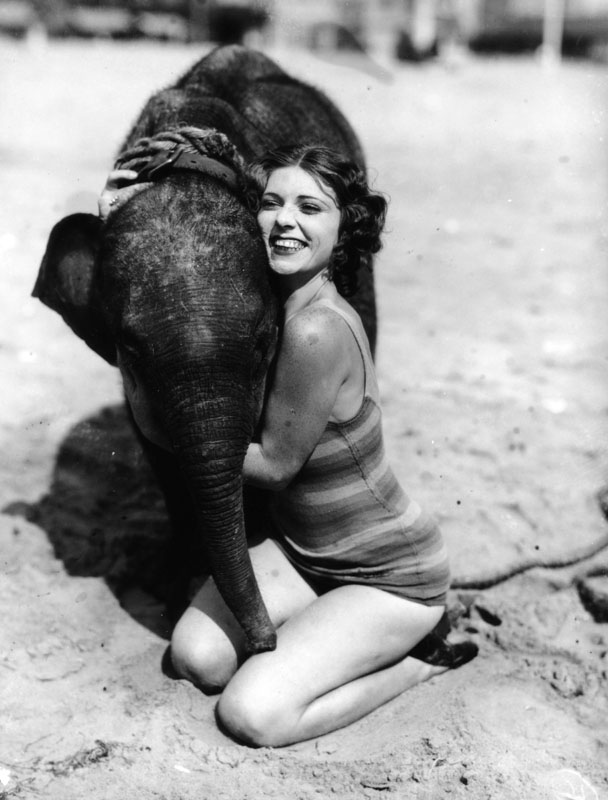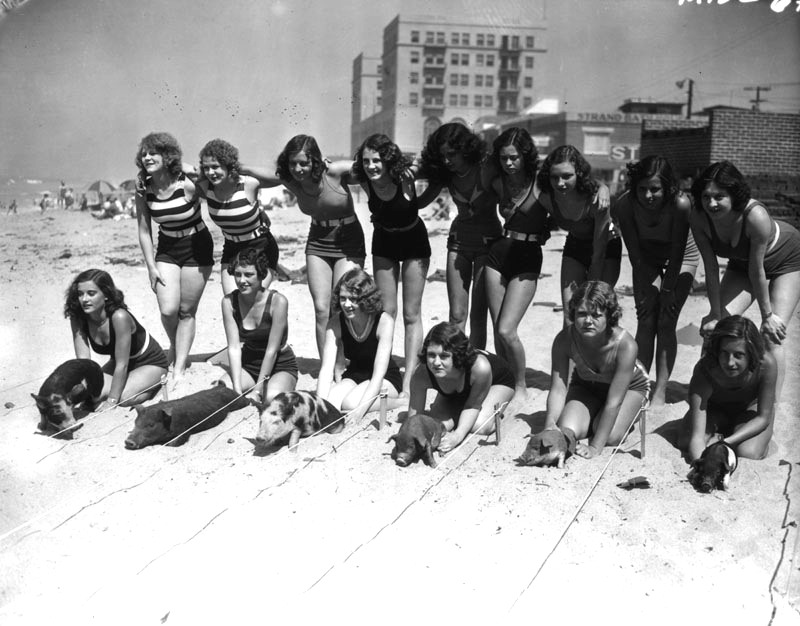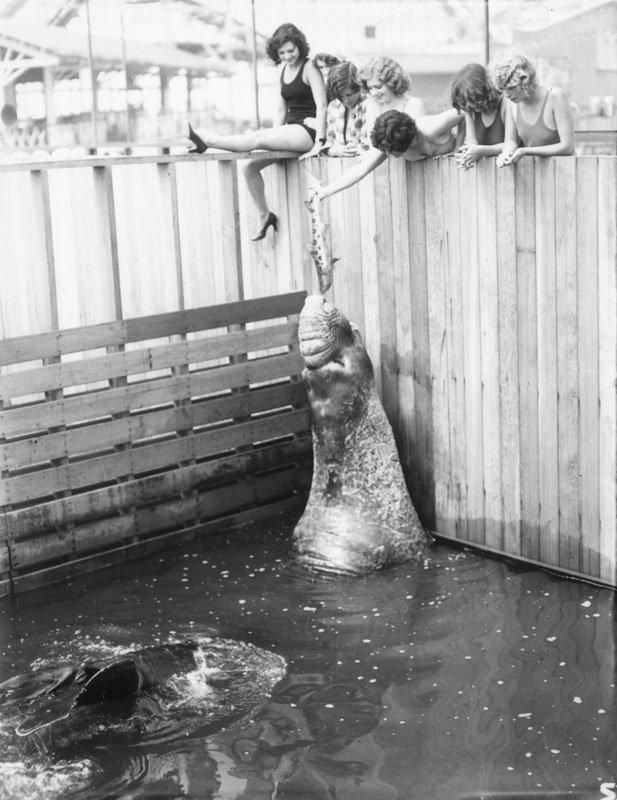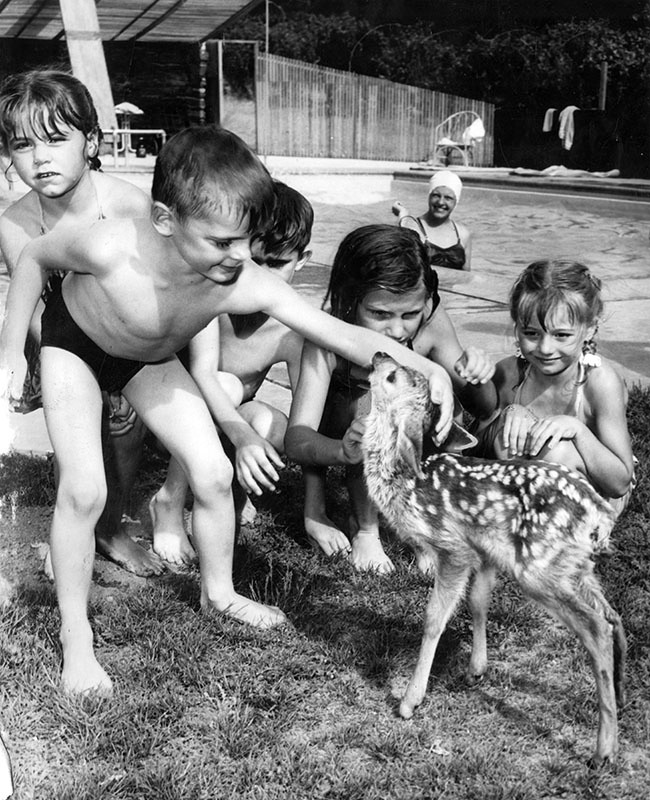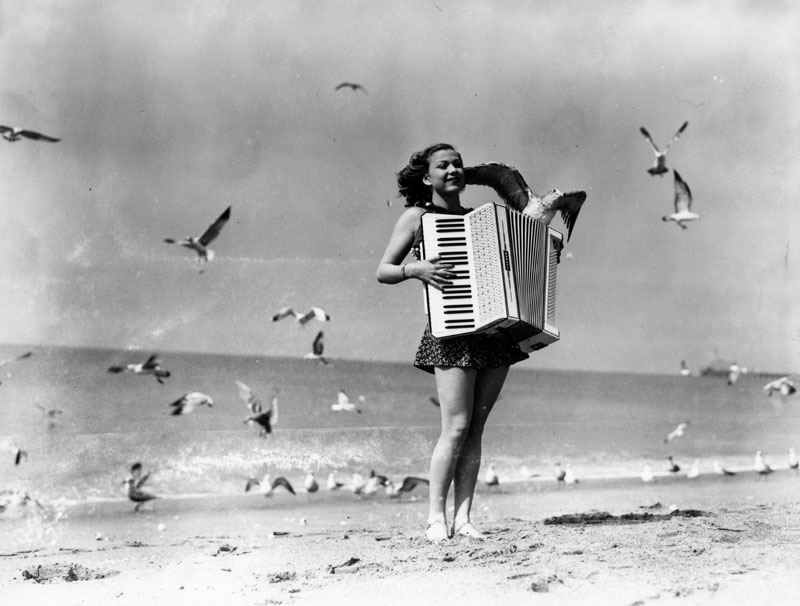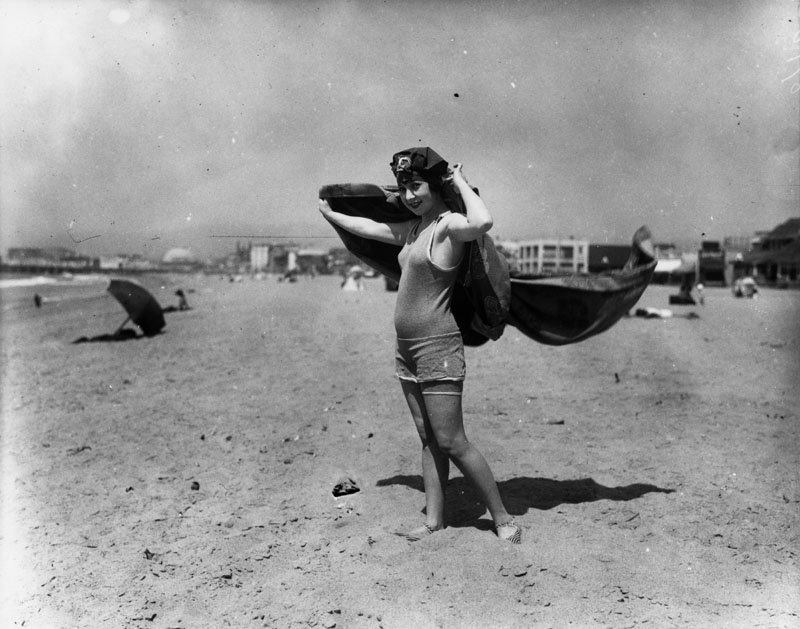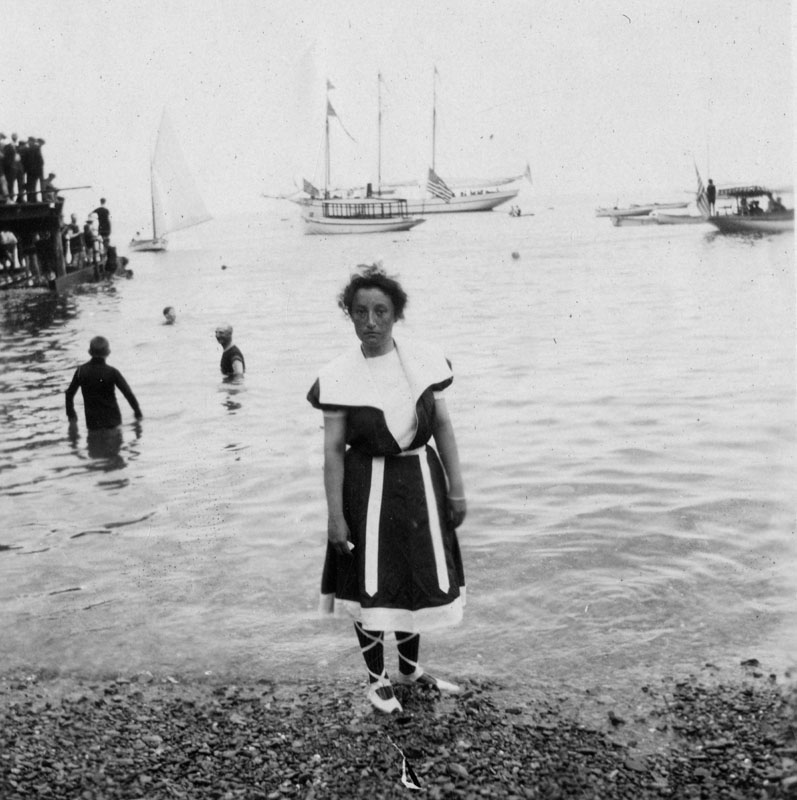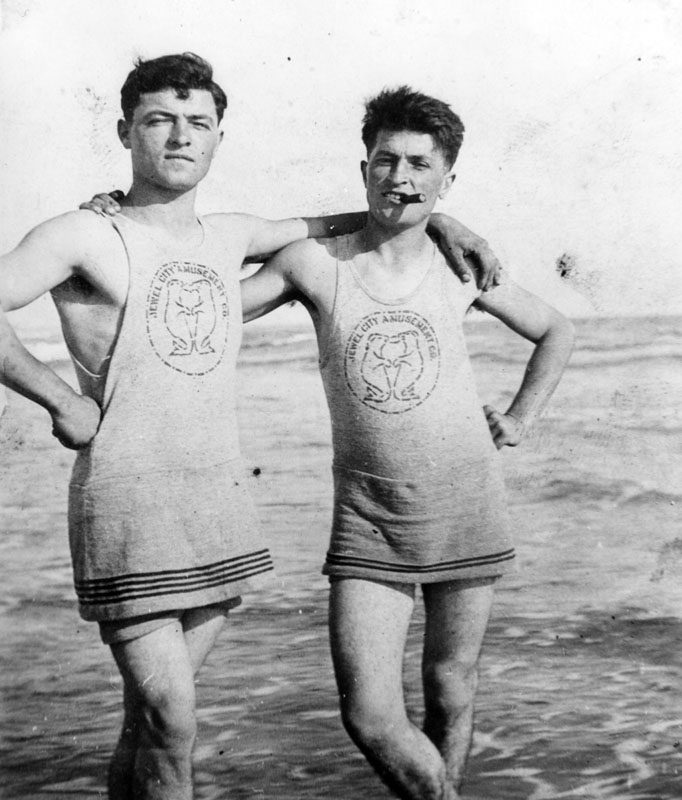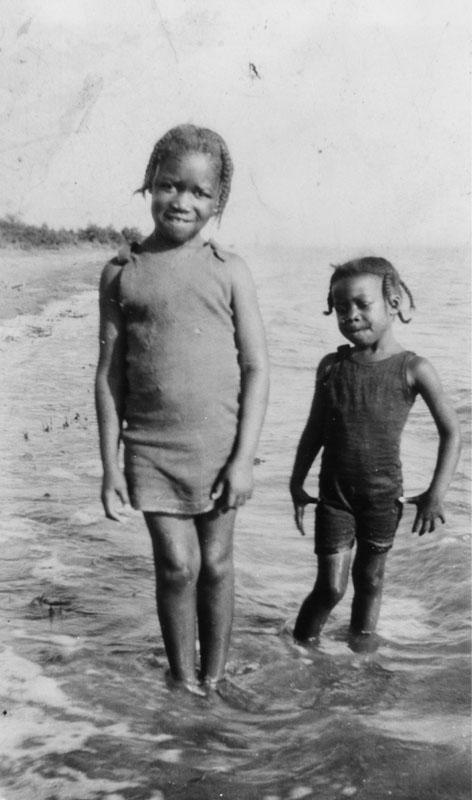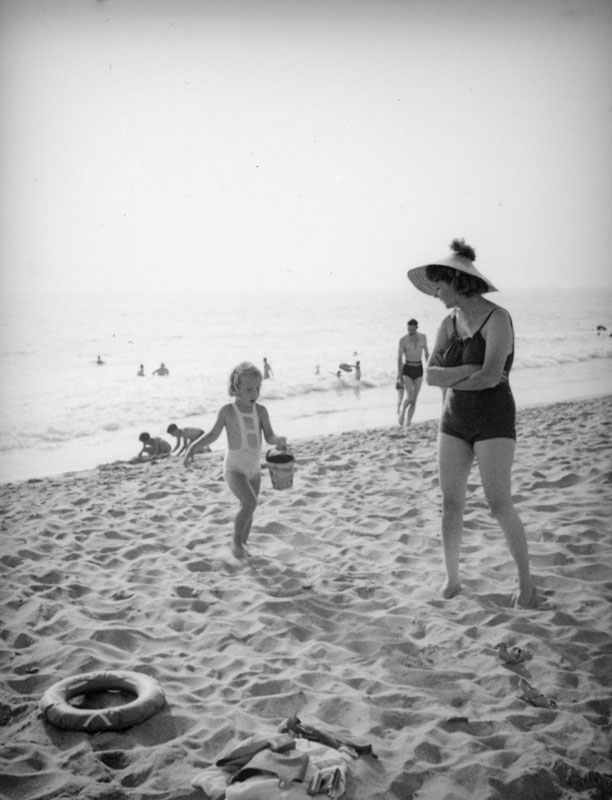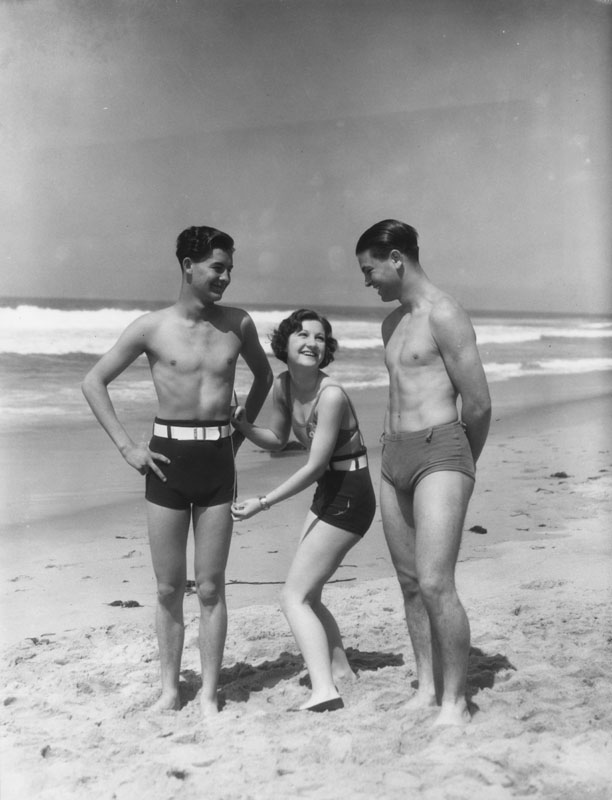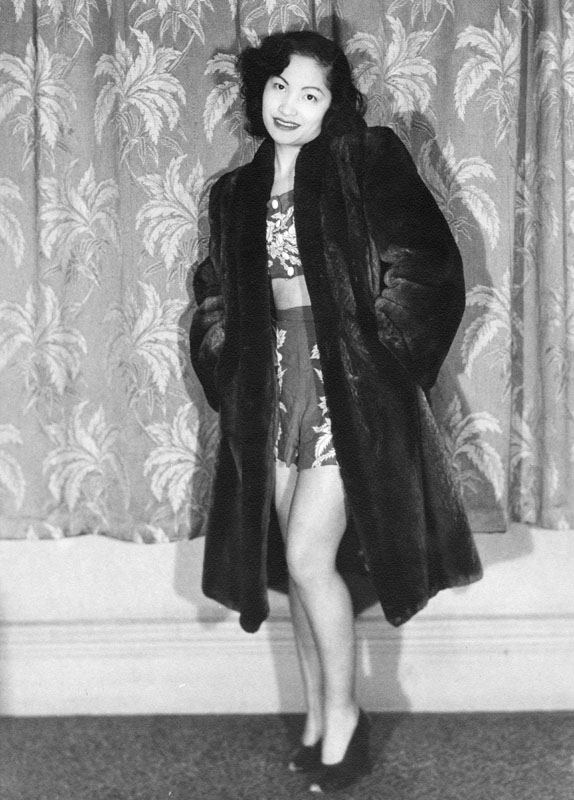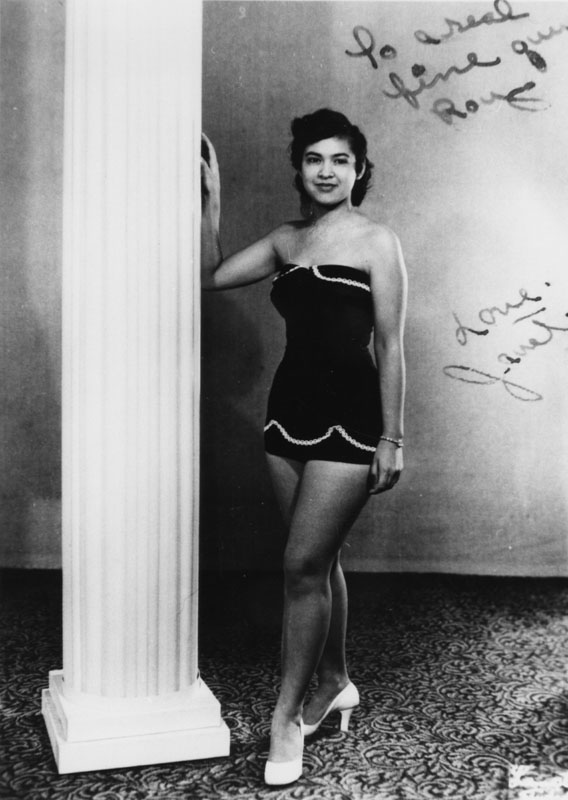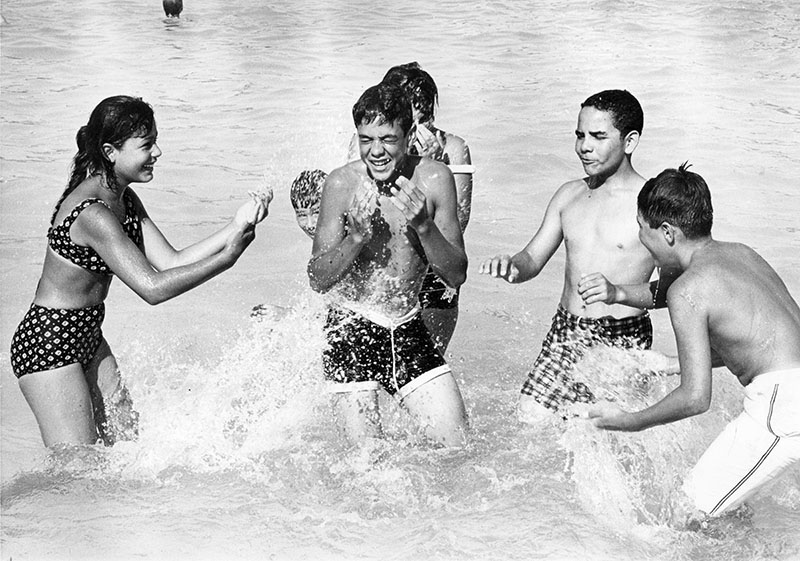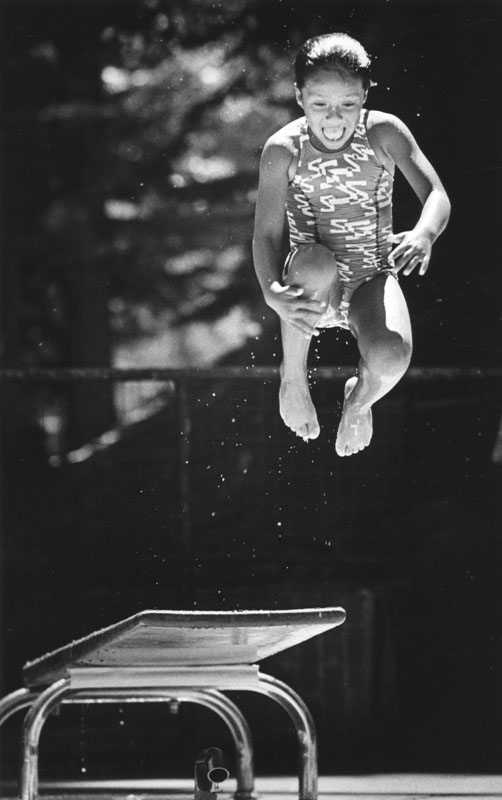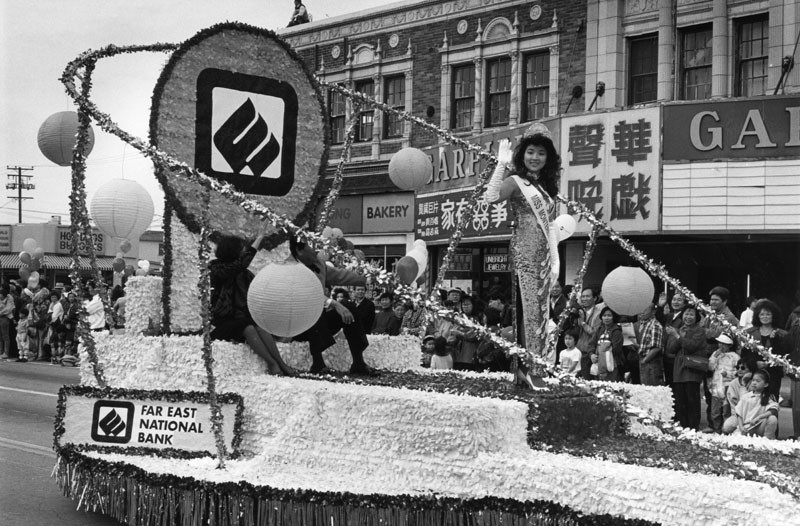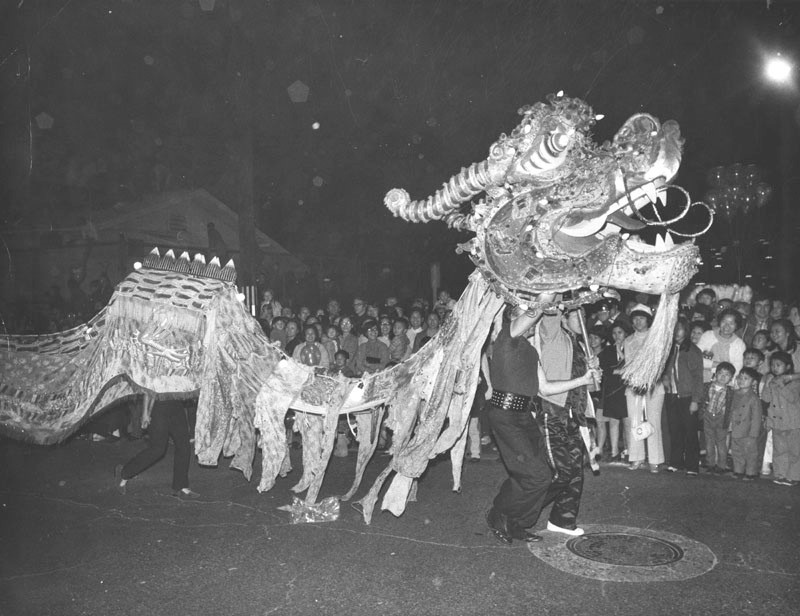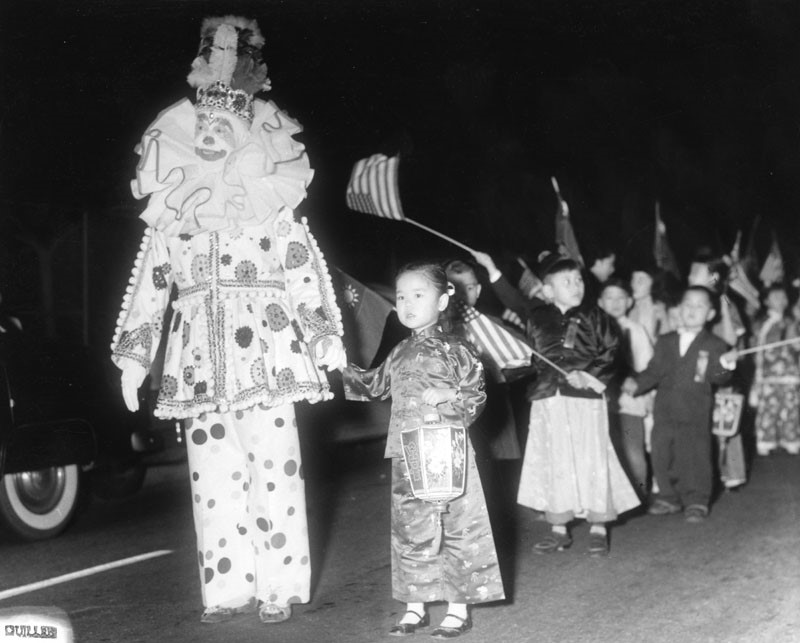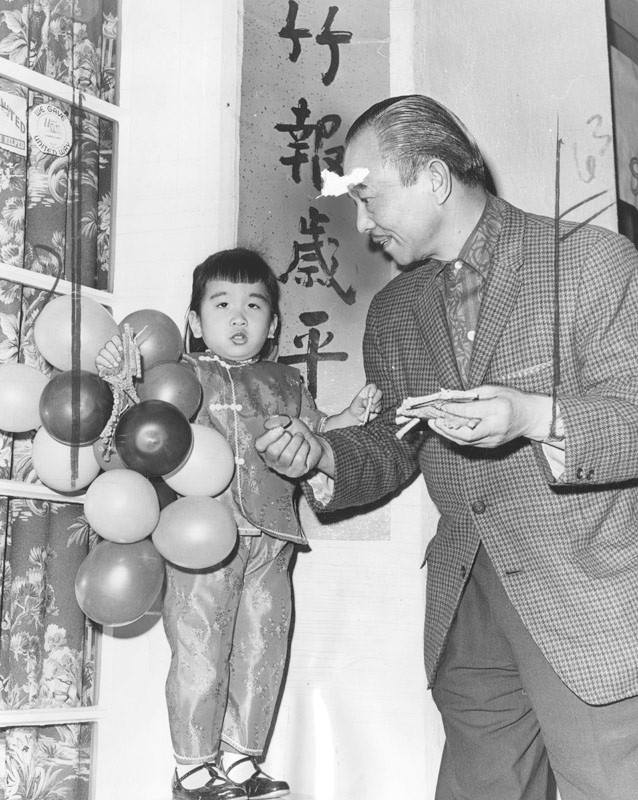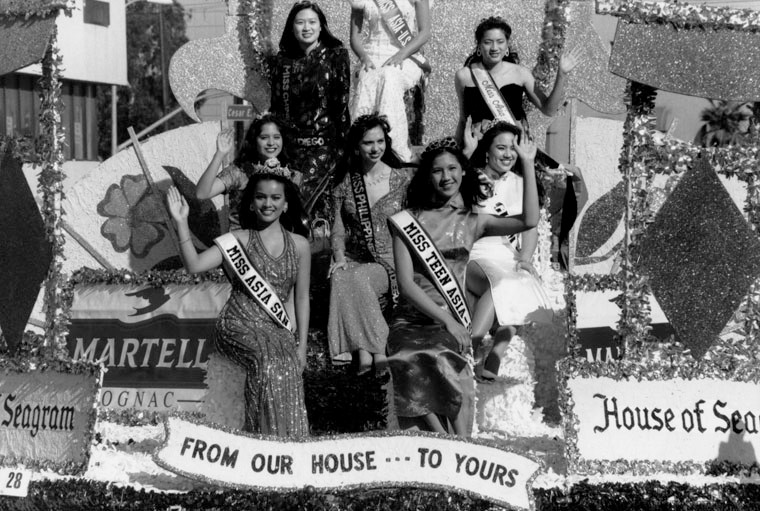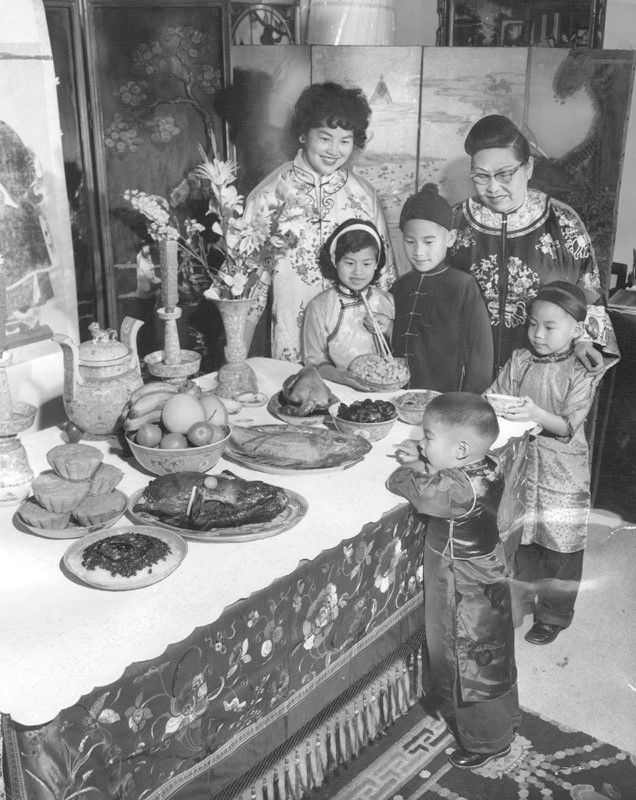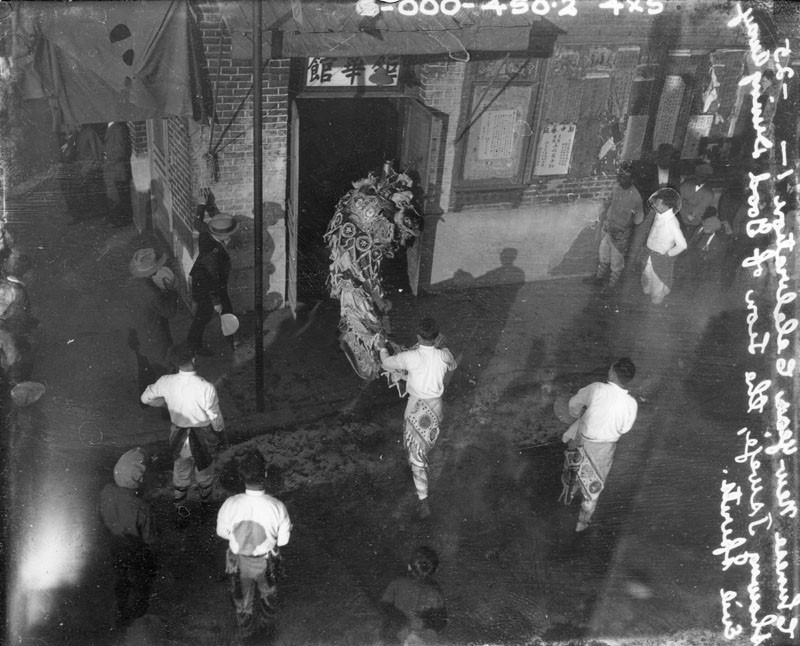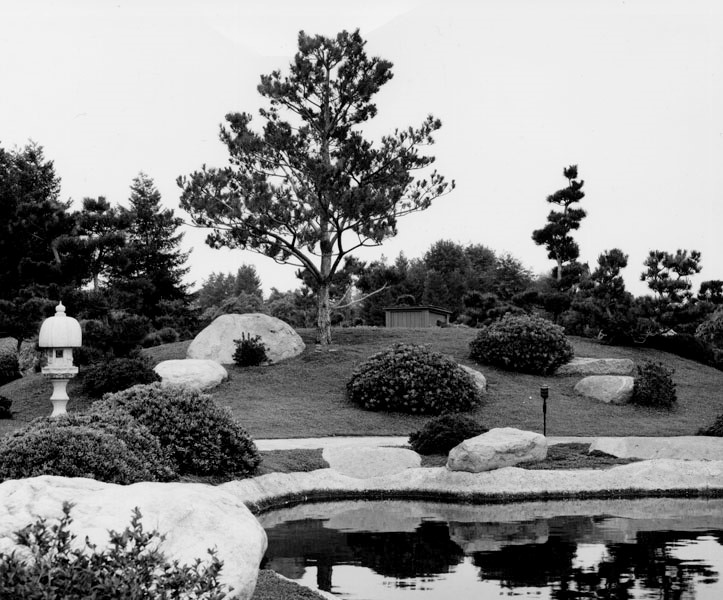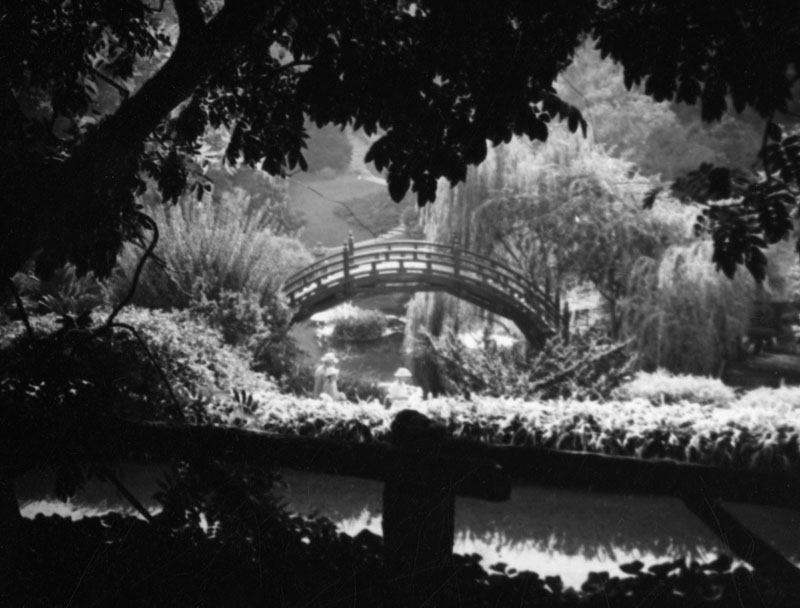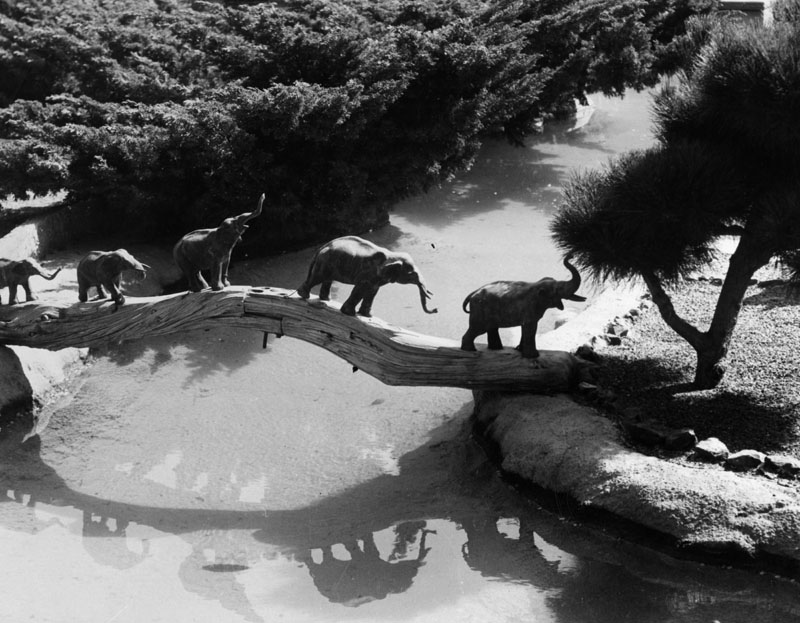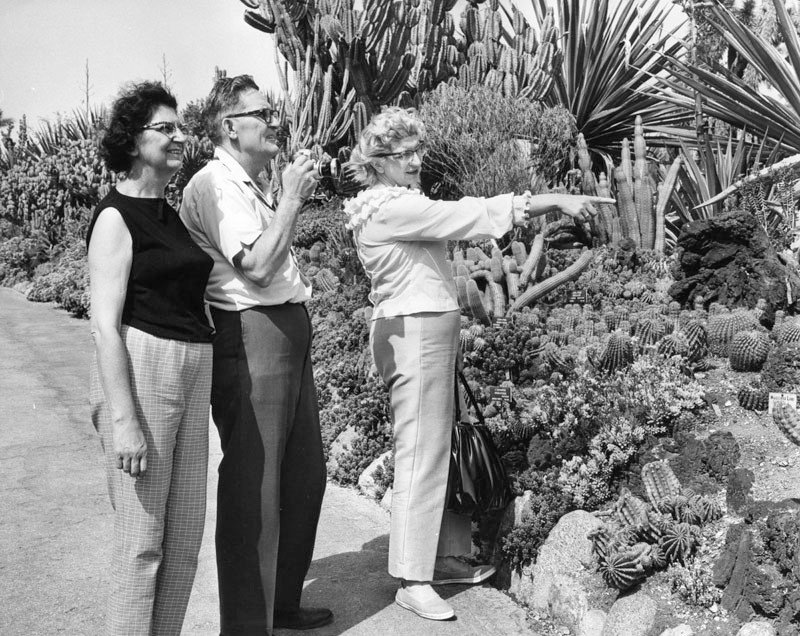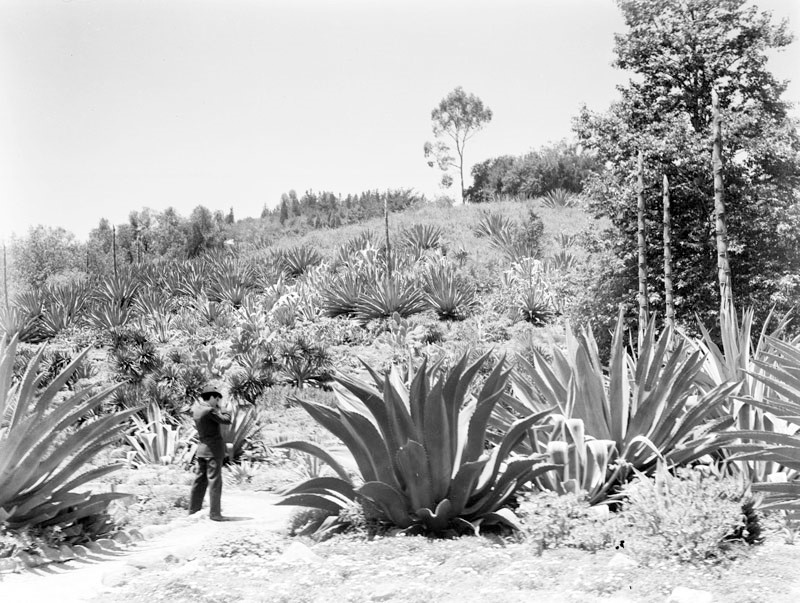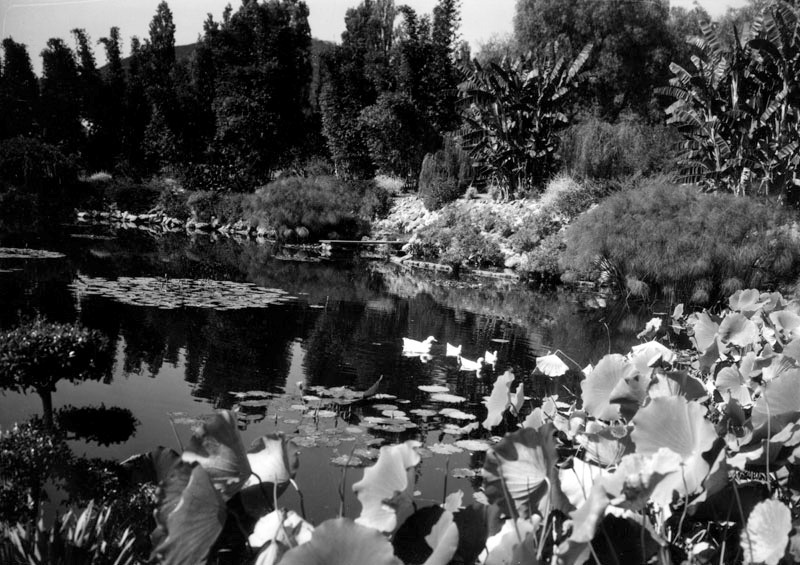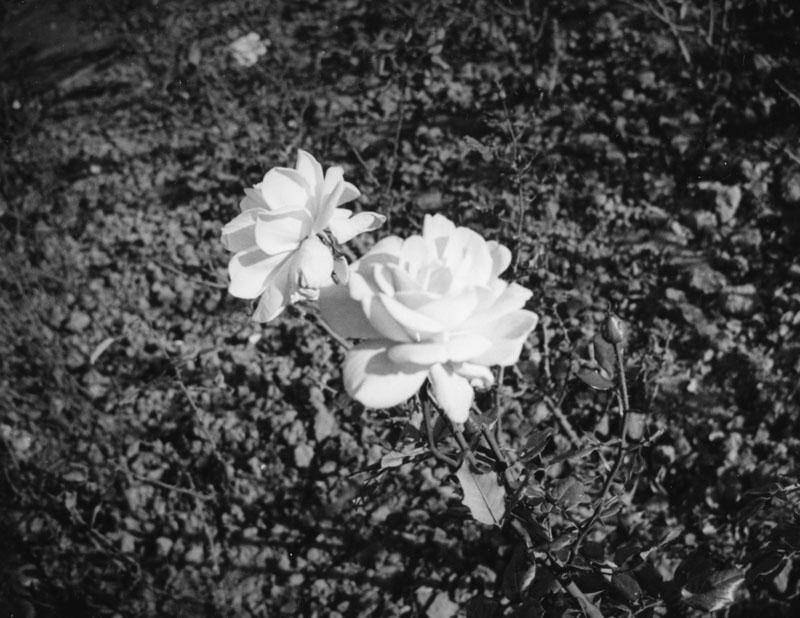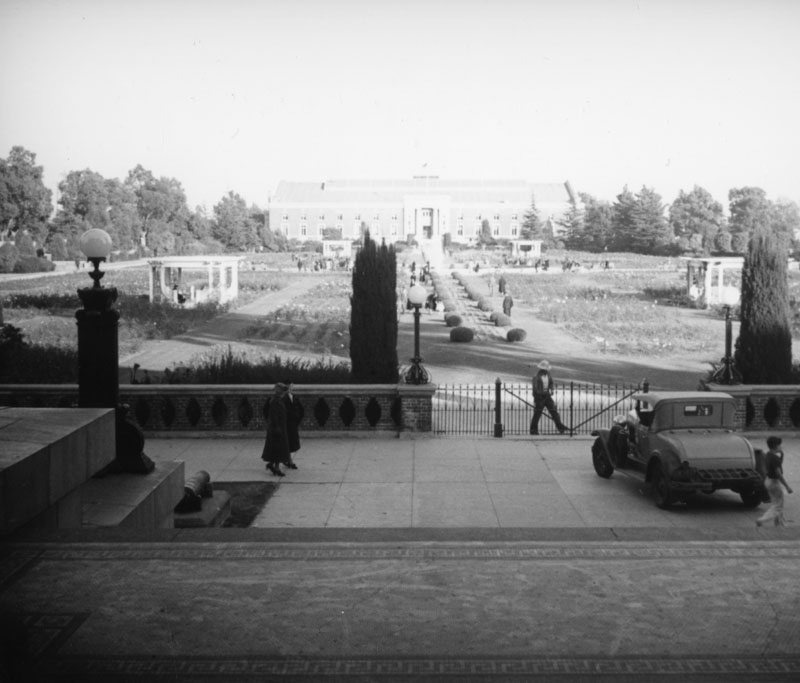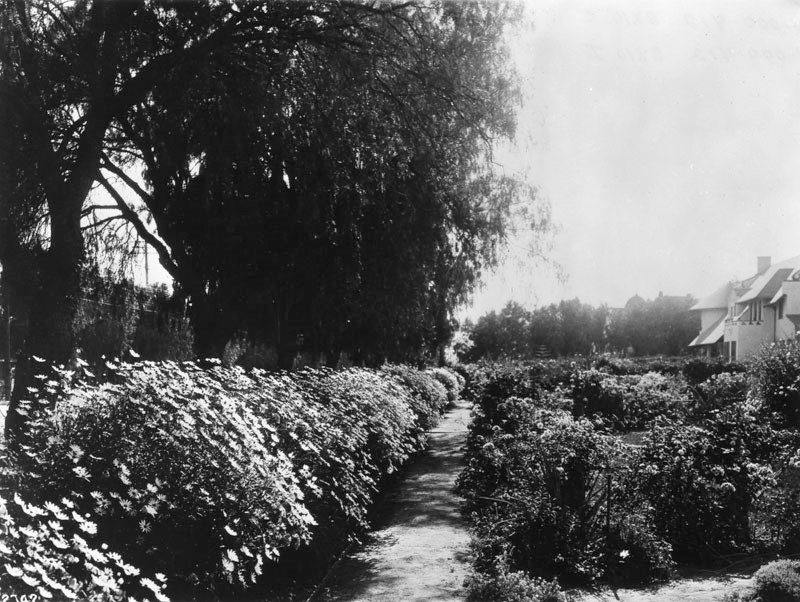110 years ago a remarkable event took place on Dominguez Hill in what is now the City of Carson, Los Angeles County. A scant six years after the Wright Brothers’ historic flight at Kitty Hawk, North Carolina, an International Air Meet brought throngs to witness feats of aeronautical daring-do. The 11-day (January 10-20, 1910) meet featured lighter-than-air balloons and dirigibles, heavier-than-air monoplanes and biplanes, and some very experimental — and comical — machines that never got off the ground. The exposition was a media sensation, cementing the reputation of a number of aviation pioneers and establishing air flight as something more than a flash in the pan.
Photographs and images in the Los Angeles Public Library’s collection tell the tale. All images are from the library’s Security Pacific National Bank Collection.
The scene
The organizers of the event sought out a site where planes could fly safely and that was reasonably close to public transportation (no freeways in those days!). They found it on Dominguez Hill, a part of the Rancho San Pedro owned by the daughters of Manuel Dominguez. The family was persuaded to allow use of their land in exchange for free passes to the tournament. With financial backing from a number of eager sponsors, the organizers leveled out the area needed, now called Aviation Field, built a huge bandstand, set up areas for concessions, and improved the depot at Dominguez Junction on the Southern Pacific line, a half mile walk away.
Postcard commemorating the first International Air Meet in the United States. Image #00007970.
Lighter than air
The Los Angeles Examiner, a sponsor of the meet, stationed a balloon at mid-field. Part landmark, part advertising, the tethered balloon can be seen in many of the photos of the event. One side read “It’s all in the Examiner.” Image #00007966.
A balloon, probably the New York, with passengers, descends to its mark on Aviation Field. Image #00007977.
Labeled “Race of Dirigibles,” this photo shows two air ships, the nearer one piloted by Roy Knabenshue and the farther by Lincoln Beachey. The men control the machines while standing on the struts. Photo by C.C. Pierce & Co. Image #00007981.
Heavier than air
A biplane flies over the makeshift airfield at sunset. Image #00007916.
This image shows some of the principal aviators heading over to a photo op: from right are Hillery Beachey (brother of Lincoln Beachey), Charles Willard, Charles Miscarol, Louis Paulhan, Didier Masson, Glenn Curtiss, and Curtiss’ business manager, Jerome Fanciulli. Frenchmen Paulhan, Masson, and Miscarol brought the “international” to the international meet. Other participants were Americans. Notably absent were the Wright brothers who chose not to participate in the meet. Image #00007882.
Louis Paulhan, the French aviator, was the star of the show. He arrived in Los Angeles with two monoplanes, two biplanes, his wife, a mechanic, two students, and a poodle, not to mention a lawsuit alleging patent infringement that had been filed by the Wright brothers. Here he is celebrated for establishing a new flight endurance record, 110 miles. He also achieved a new altitude record of 4,164 feet, although he said he had gone higher. Paulhan is also remembered for giving a ride to William Randolph Hearst, no doubt sparking that man’s interest in aviation. Image #00007883.
Honorable mention
Any number of intrepid individuals made valiant efforts to show off their inventions at the meet. One of the more extraordinary sights was Professor J.S. Zerbe, an amateur inventor, in his five-tiered multiplane or “scalloped-winged” plane. Alas, the contraption never got off the ground. Image #00007930.
Those daring young women
Some of the aviators and aeronauts at the meet offered rides to lucky enthusiasts, these women among them. They happen to be Celeste Paulhan (left), wife of aviator Louis Paulhan, and Mrs. Dick Ferris, wife of the event manager. Mrs. Ferris was well-known in her own right — the stage actress and singer Florence Stone. While no female aviators flew at the meet, it was not many years before aviatrices Katherine Stinson, Edna Christofferson, Dorothy Heater, and others — not to mention Amelia Earhart — proved that women could indeed fly. Image #00007884.
High-flying imagery
Among the collection of images are a number which are clearly “photo-shopped” for the occasion. No doubt images such as the one below fooled many into thinking the skies were crowded with flying machines! Image #00007950.
Like the picture above, many images showed planes flying impossibly low over the crowd, which here appears unconcerned.
Legacy
By all accounts, the event was a huge success, attracting some quarter of a million ticket-buyers. While there were any number of mishaps during the air show, no serious injuries occurred. Later meets were not so fortunate; only one year later aviator Archibald Hoxsey crashed and died in front of spectators at the second Los Angeles aviation meet, held at the same spot as the first. And at the 1915 Panama-Pacific International Exposition, Lincoln Beachey died when his plane fell into San Francisco Bay.
The media, of course, had a field day with the concepts and images of air flight. Many businesses were quick to capitalize on the event with special promotions and tie-ins.
Image #00007960.
More significantly, the air meet at Dominguez Field brought aviation home to the West Coast: Glenn Curtiss, Bill Boeing, and William Randolph Hearst are among the familiar names associated with airplane manufacturing who were at the show. On a more ominous note, the military took note of the possibilities flight presented; Army Lieutenant Paul Beck went aloft with both Curtiss and Paulhan where he tested the concept of aerial warfare by dropping sandbags on a target. Bullseye.


